
Memory Optics
INDIVIDUAL PROJECT
TOOLS:
Hot Glue
PET Boards
Polymer Clay,
LED Screens
iPhone XS Camera
AfterEffects
TOOLS:
Hot Glue
PET Boards
Polymer Clay,
LED Screens
iPhone XS Camera
AfterEffects
Memory Optics is a multimedia project reflecting on the symbiosis between memory and forgetting. It consists of two parts - Everyday Forgetting Filter and My Visceral Lens of Remembering.
Everyday Forgetting Filter explores the connections between memory and forgetting in daily experiences. Through reconstructing everyday physical objects and the memories associated with them in their original scenarios, the Everyday Forgetting Filter seeks to elicit a more holistic gaze at the memories of our experiences - feeling the memories and the loss of memories through the passage of time at the same time.
A major impact of forgetting to me is faulty and distorted memory. My Visceral Lens of Remembering further discusses my mode of thoughts and how I recall false memories through re-expressing film or video scenes. By reflecting on my false memories and how my existing beliefs or suppositions influence the memories I recall, this part invites the audience to experience how faulty memories are recalled through the lenses in my brain.
Everyday Forgetting Filter explores the connections between memory and forgetting in daily experiences. Through reconstructing everyday physical objects and the memories associated with them in their original scenarios, the Everyday Forgetting Filter seeks to elicit a more holistic gaze at the memories of our experiences - feeling the memories and the loss of memories through the passage of time at the same time.
A major impact of forgetting to me is faulty and distorted memory. My Visceral Lens of Remembering further discusses my mode of thoughts and how I recall false memories through re-expressing film or video scenes. By reflecting on my false memories and how my existing beliefs or suppositions influence the memories I recall, this part invites the audience to experience how faulty memories are recalled through the lenses in my brain.
00. Inspiration & Research
Memory vs. Forgetting
This project is inspired by Oliver Hardt’s research on memory and forgetting.
![]() Memory is the space between the blanks.
Memory is the space between the blanks.
"Without forgetting, we would have no memory at all. I believe that the brain acts as a promiscuous encoding device. Forgetting serves as a filter. It filters out the stuff that the brain deems unimportant."
-- Dr. Oliver Hardt, McGill University.
 Memory is the space between the blanks.
Memory is the space between the blanks.Stages in Learning and Memory
Psychologists distinguish between three necessary stages in the learning and memory process: encoding, storage, and retrieval (Melton, 1963).![]()

Schematic Processing
Humans encode and retrieve memories using schemata - patterns of thought or behavior that organize categories of information and the relationships among them (Tuckey, M. R., & Brewer, N., 2003). Because of schematic processing, the memories that we encode according to our sensory inputs might not be fairly accurate and precise in the first place. The memories retrieved later are also subjected to the impacts of schemata as well as multiple other brain activities that cause further memory loss or false memories.
Schematic processing affects our memory. The memory system is a complex subject, especially in terms of how the brain regions responsible for memory processing impact each other. There are various types of memories. Different regions of the brain are in charge of different types of memories yet the duties are also intertwined.
Schematic processing affects our memory. The memory system is a complex subject, especially in terms of how the brain regions responsible for memory processing impact each other. There are various types of memories. Different regions of the brain are in charge of different types of memories yet the duties are also intertwined.
01. Experiments

Brain neurons intertwine.
Hot glue leaves traces over time, intertwined.
Initial experiments involved materials such as polymer clay, tissue paper, thread, acrylic sheets and hot glue. The combination of hot glue drawings on transparent acrylic sheets stood out to me - the combination of hot glue and acrylic sheets has the potential to physicalize the chaotic, intertwined nature of memory and the brain. Also, the fact that these are transparent makes them very apt for reconstructing the unconscious variation of memory over time.
As I further experimented and tested, two interesting pathways came before me:
![]() Pathway 1: Expressing different stages of a piece of memory through hot glues on PET boards.
Pathway 1: Expressing different stages of a piece of memory through hot glues on PET boards.
![]() Pathway 2: Mimicking the distortion and development of false memory.
Pathway 2: Mimicking the distortion and development of false memory.
The first pathway later evolved to the Everyday Forgetting Filter, and the other developed into My Visceral Lens of Remembering.
As I further experimented and tested, two interesting pathways came before me:
- the first was to combine a set of boards expressing a memory in different stages so that the development and decay of the memory could be seen at a single gaze;
- the second was to use the boards as lenses or projections to mimic the distortion of memories.
 Pathway 1: Expressing different stages of a piece of memory through hot glues on PET boards.
Pathway 1: Expressing different stages of a piece of memory through hot glues on PET boards. Pathway 2: Mimicking the distortion and development of false memory.
Pathway 2: Mimicking the distortion and development of false memory.
The first pathway later evolved to the Everyday Forgetting Filter, and the other developed into My Visceral Lens of Remembering.
Part 1. Everyday Forgetting Filter
In this part, I explored the connections between memory and forgetting in my daily life through reconstructing my everyday physical objects. I listed 20 everyday physical objects in my house or were once in my house and attempted to recall memories associated with these objects.
Each object has three layers, each representing a stage of the relationship between memory and forgetting.
Each object has three layers, each representing a stage of the relationship between memory and forgetting.
- The first layer where that piece of memory is in crystal clear hot-glue handwriting represents sensory information perceived by me.
- The second layer where the piece is blurred, reheated and re-traced represents the slight distortion of memory due to schematic processing after encoding.
- The third layer, which is the blurriest, represents the memory that has experienced loss across time and is further distorted due to schemata upon retrieval.
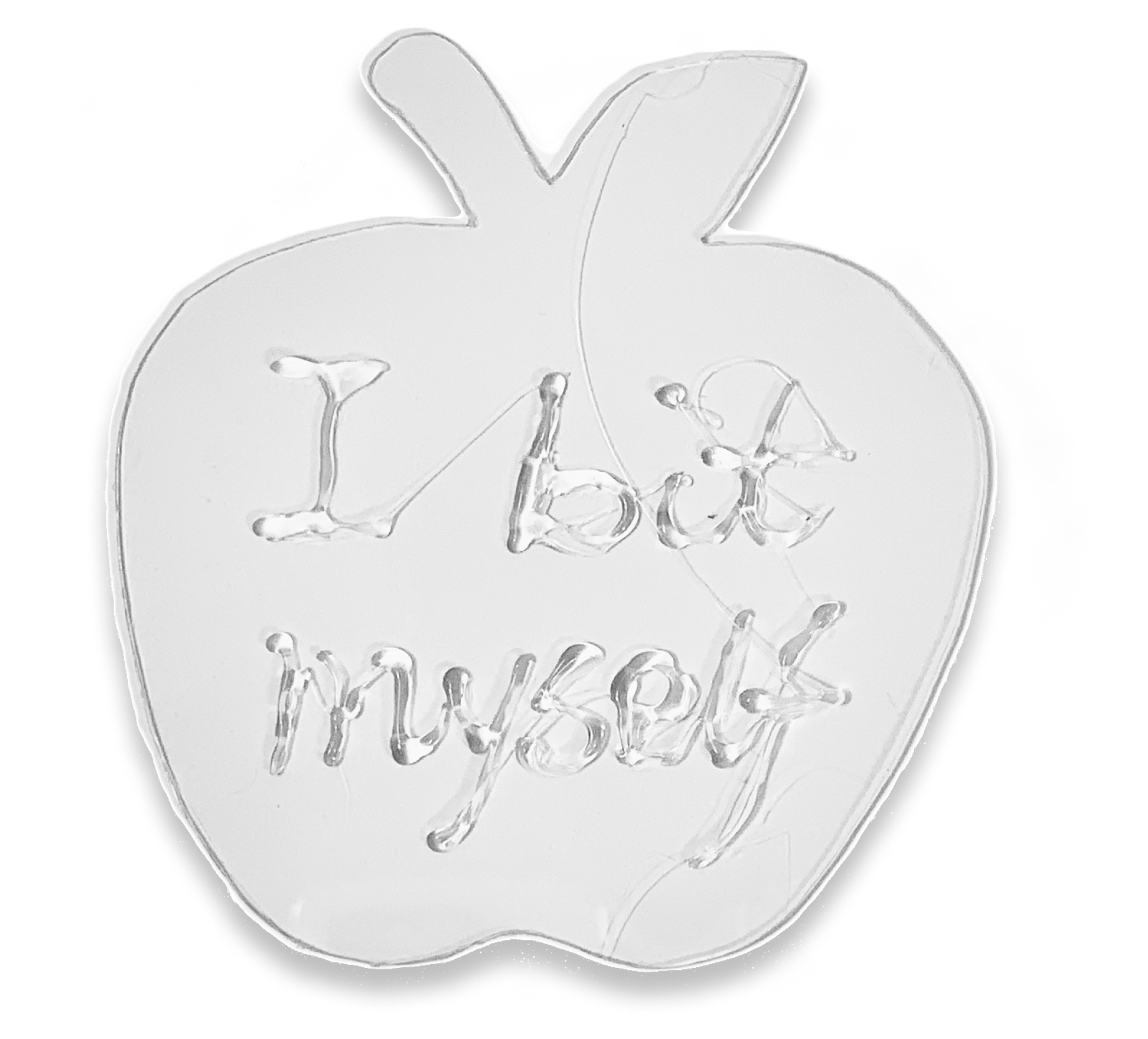
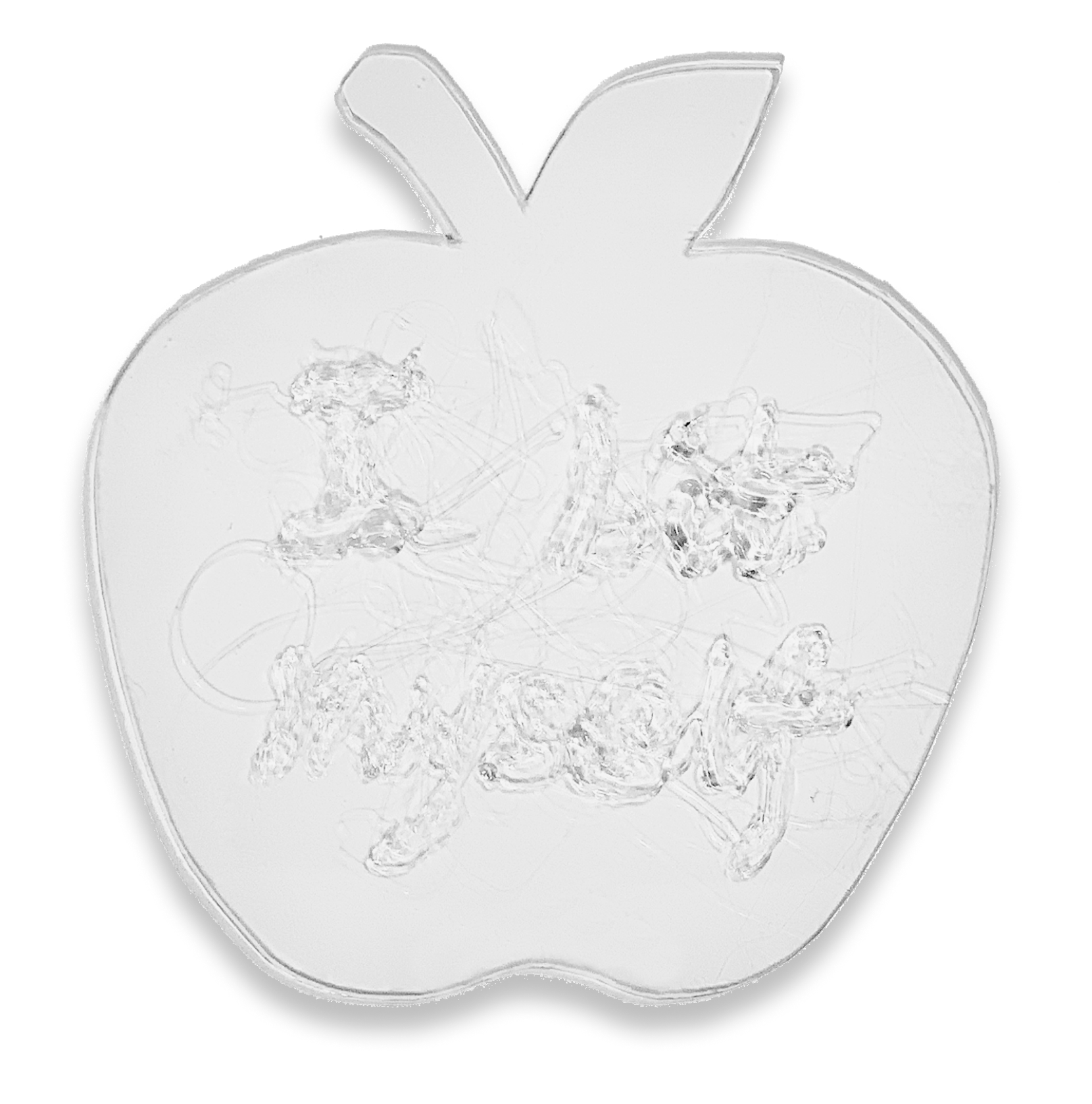

The stretching of the hot glue expresses the interconnectedness of memory tasks across brain regions. I use transparent acrylic sheets and clear hot glue to represent the unnoticeable change of memories.
These objects are placed in their everyday scenarios, so when I look at these objects, I am reminded of all the memories and the loss of memories in my daily experience.
These objects are placed in their everyday scenarios, so when I look at these objects, I am reminded of all the memories and the loss of memories in my daily experience.
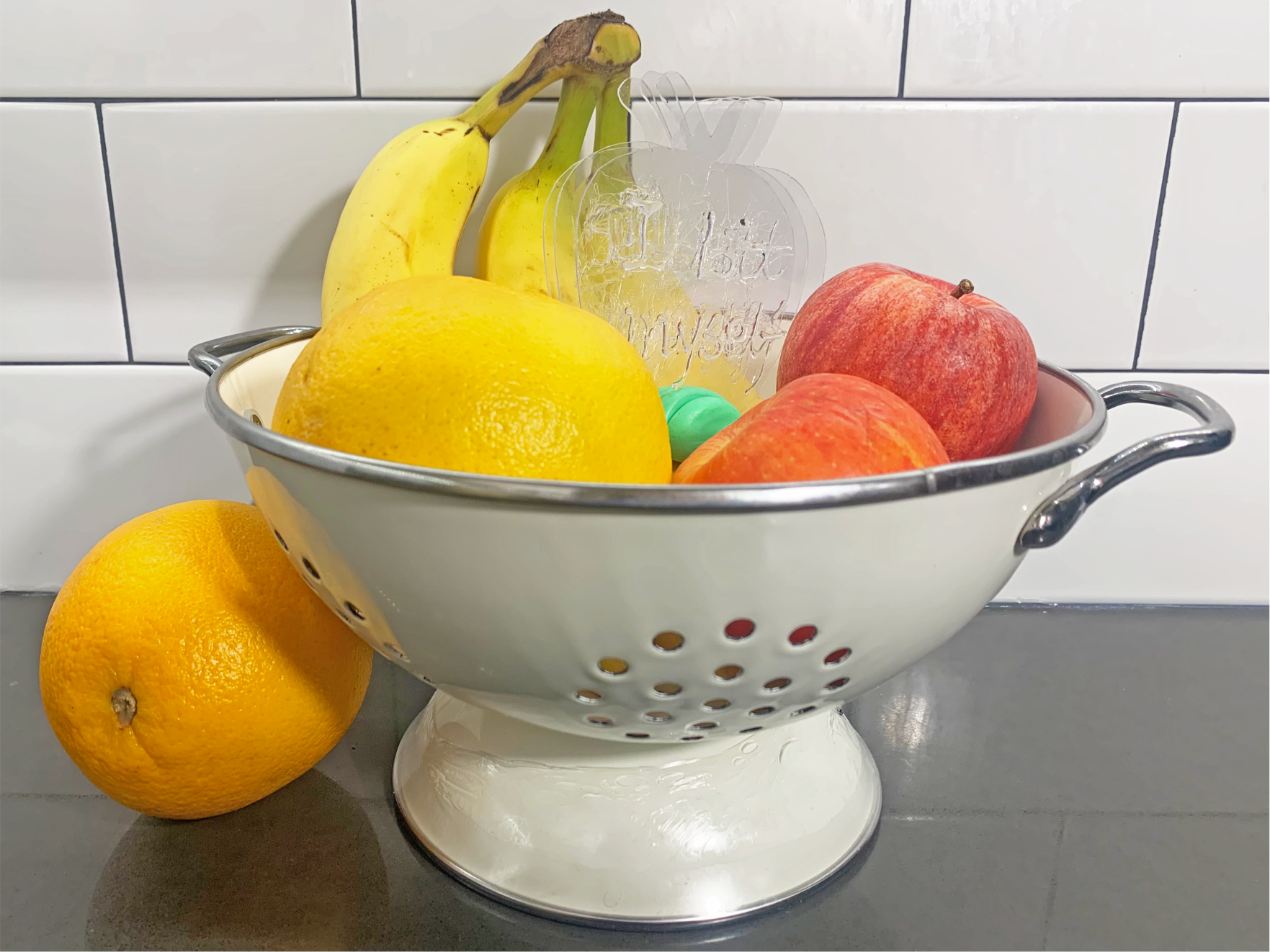




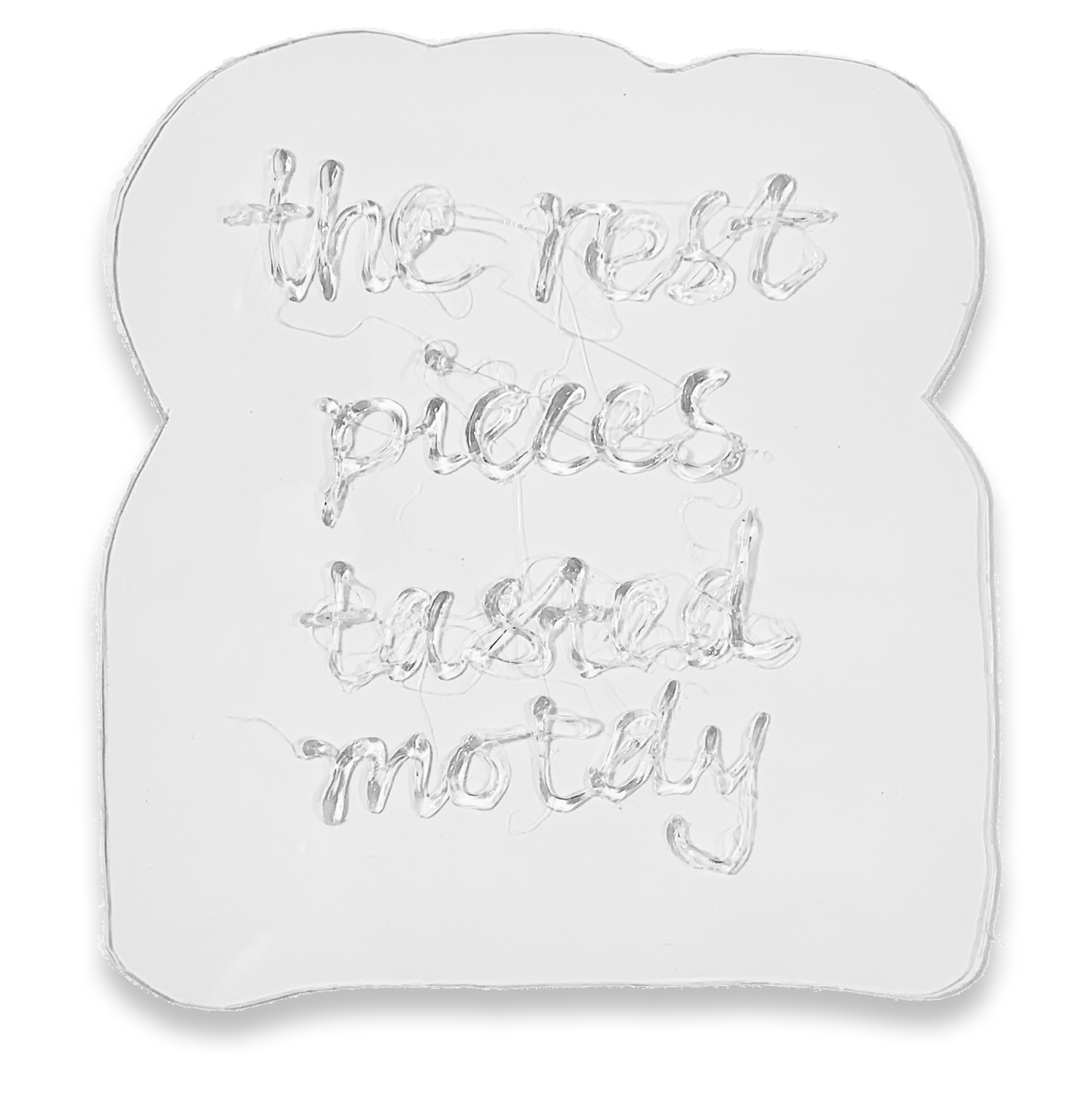
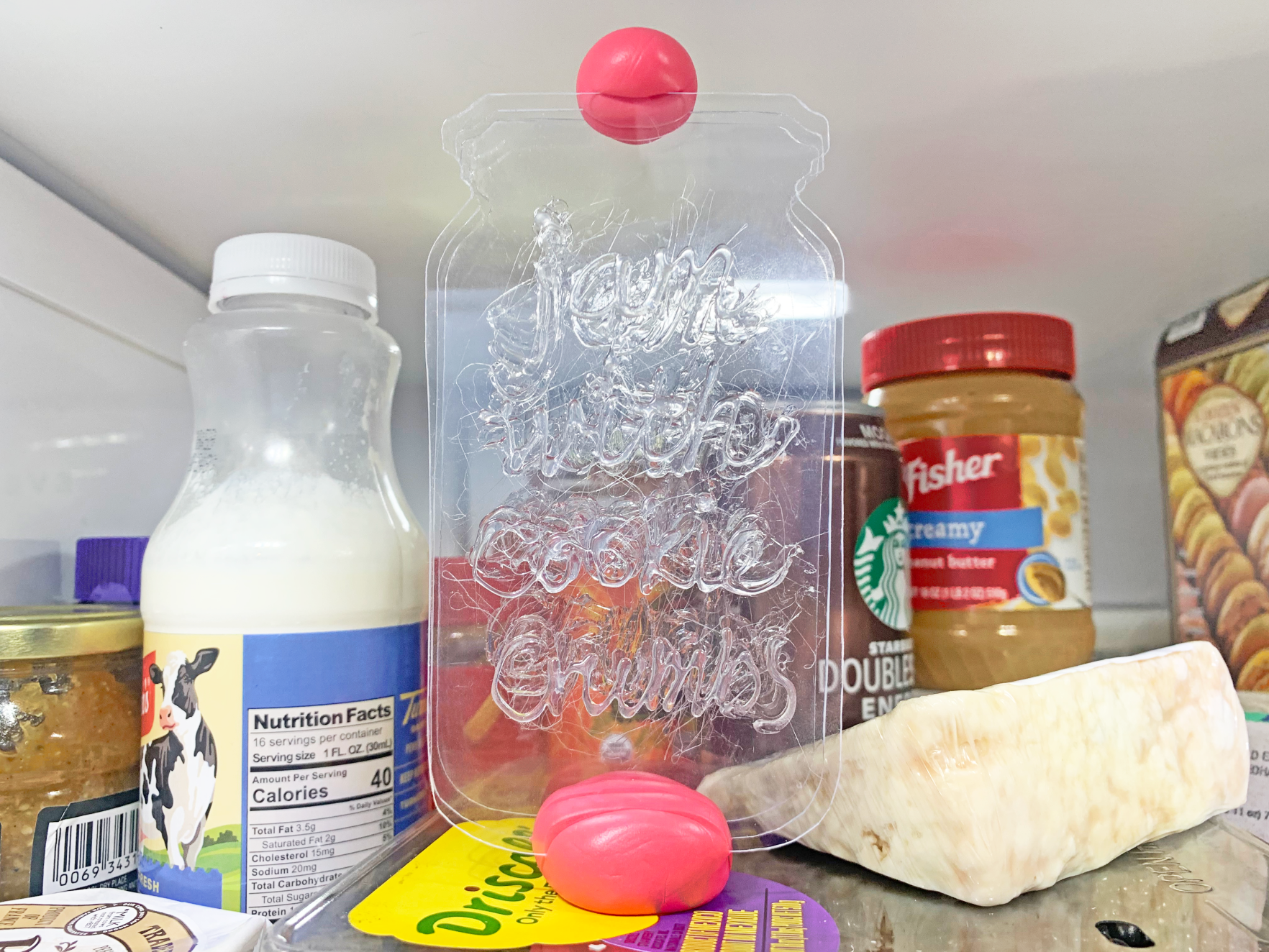
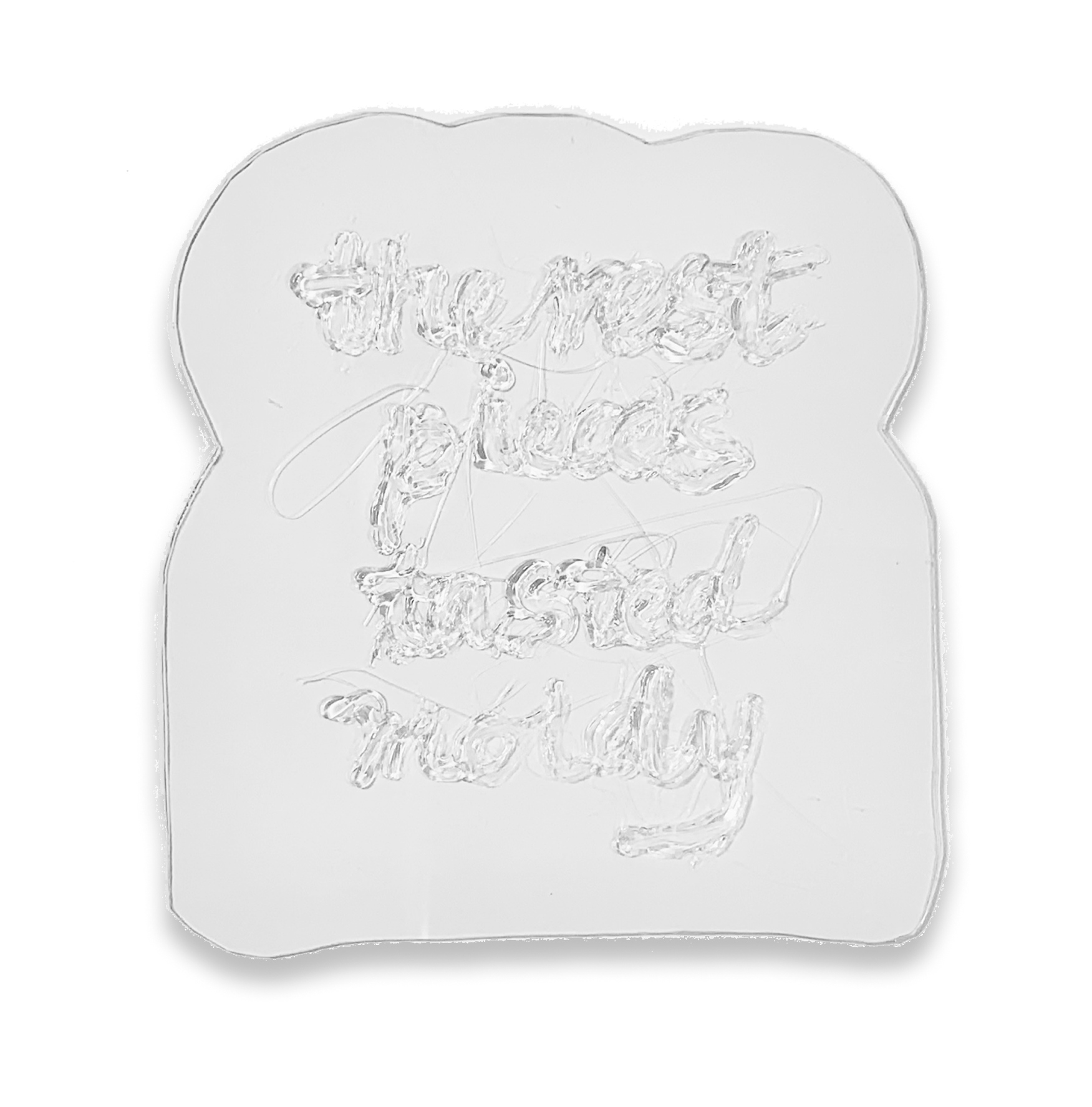

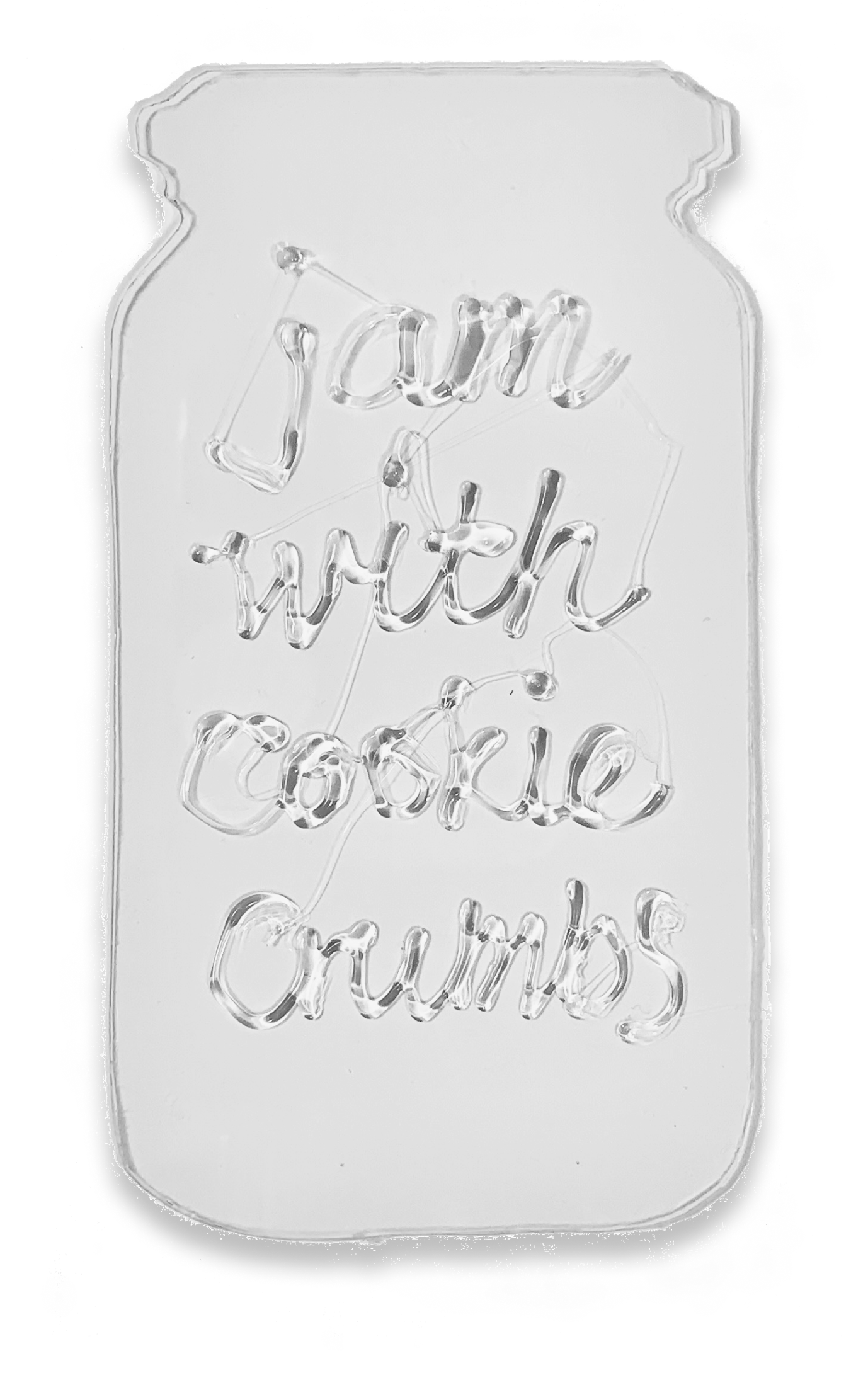
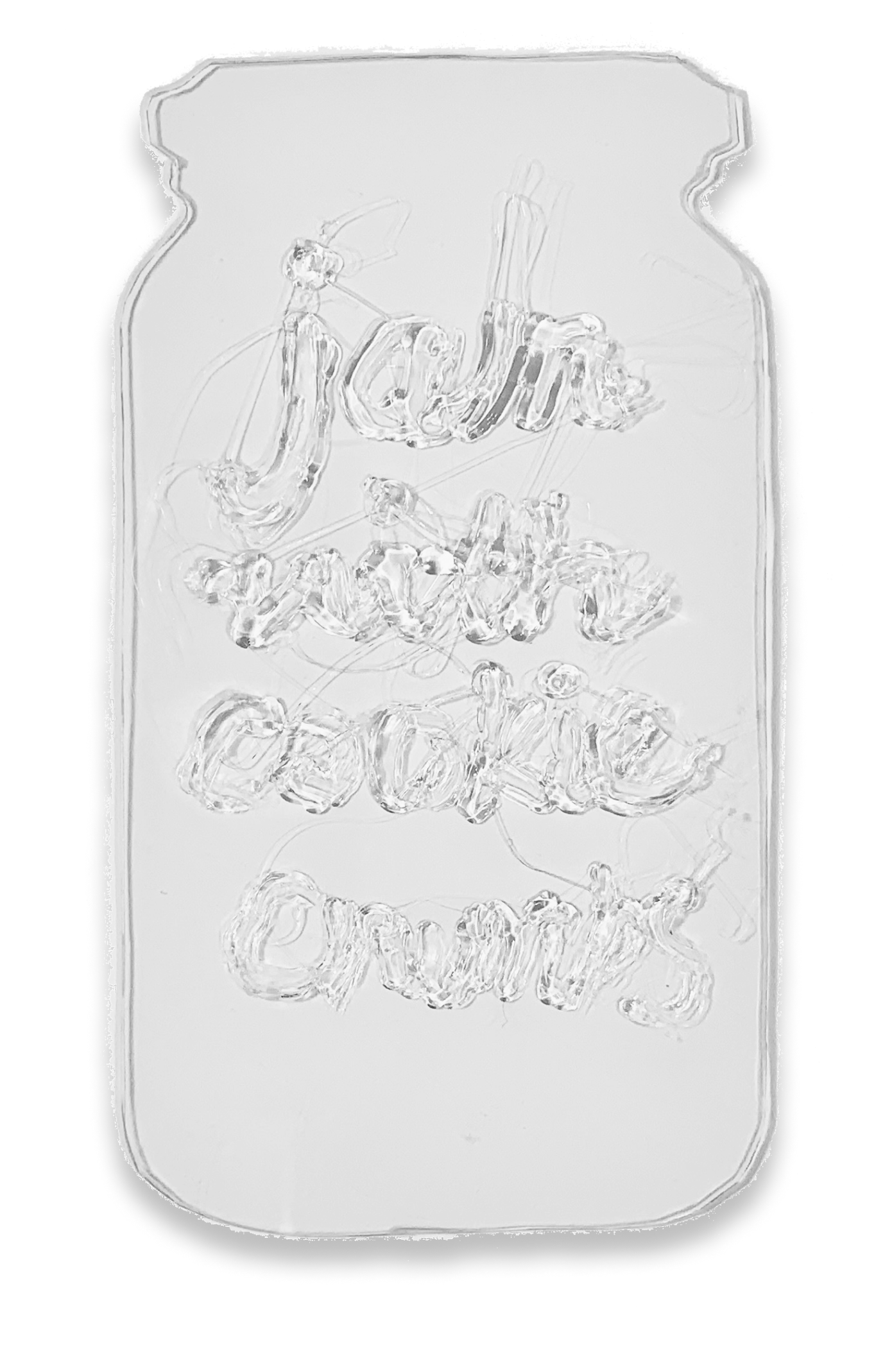




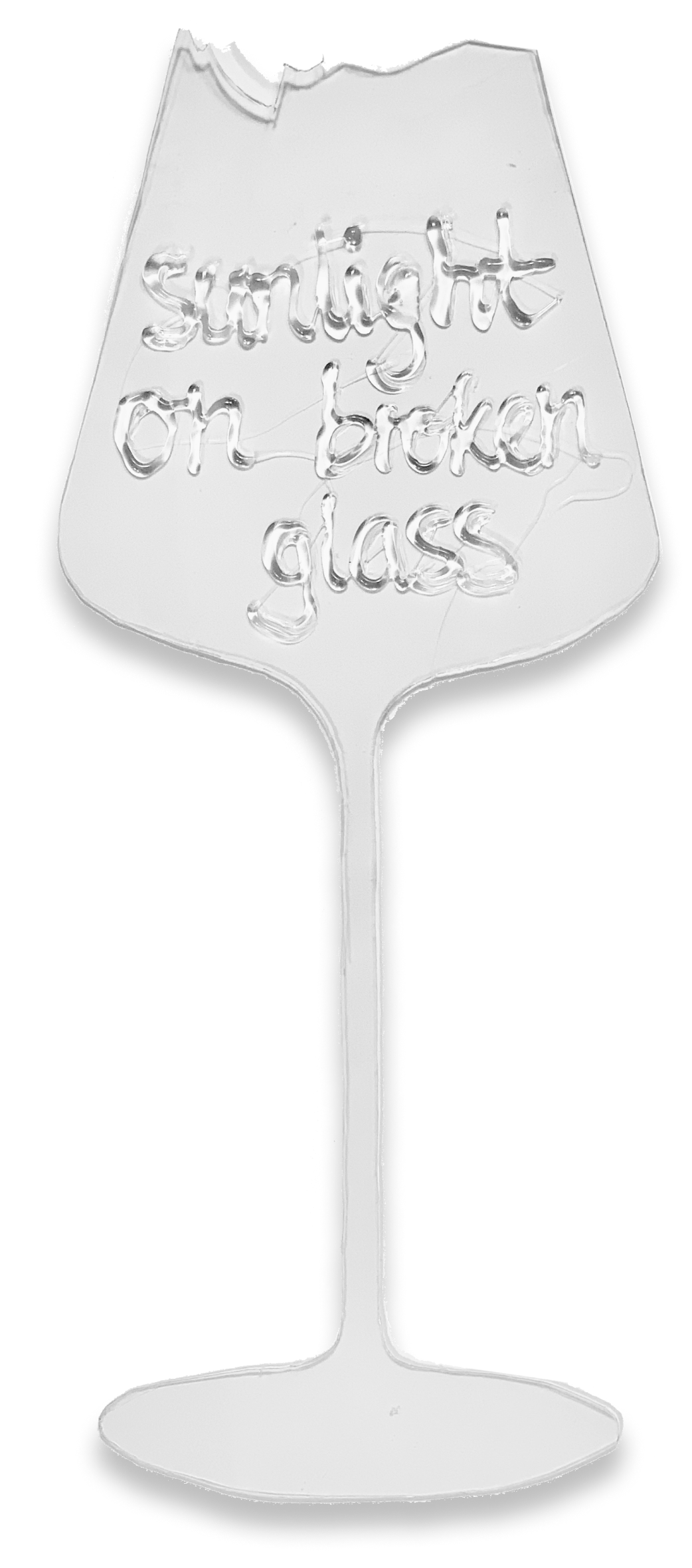
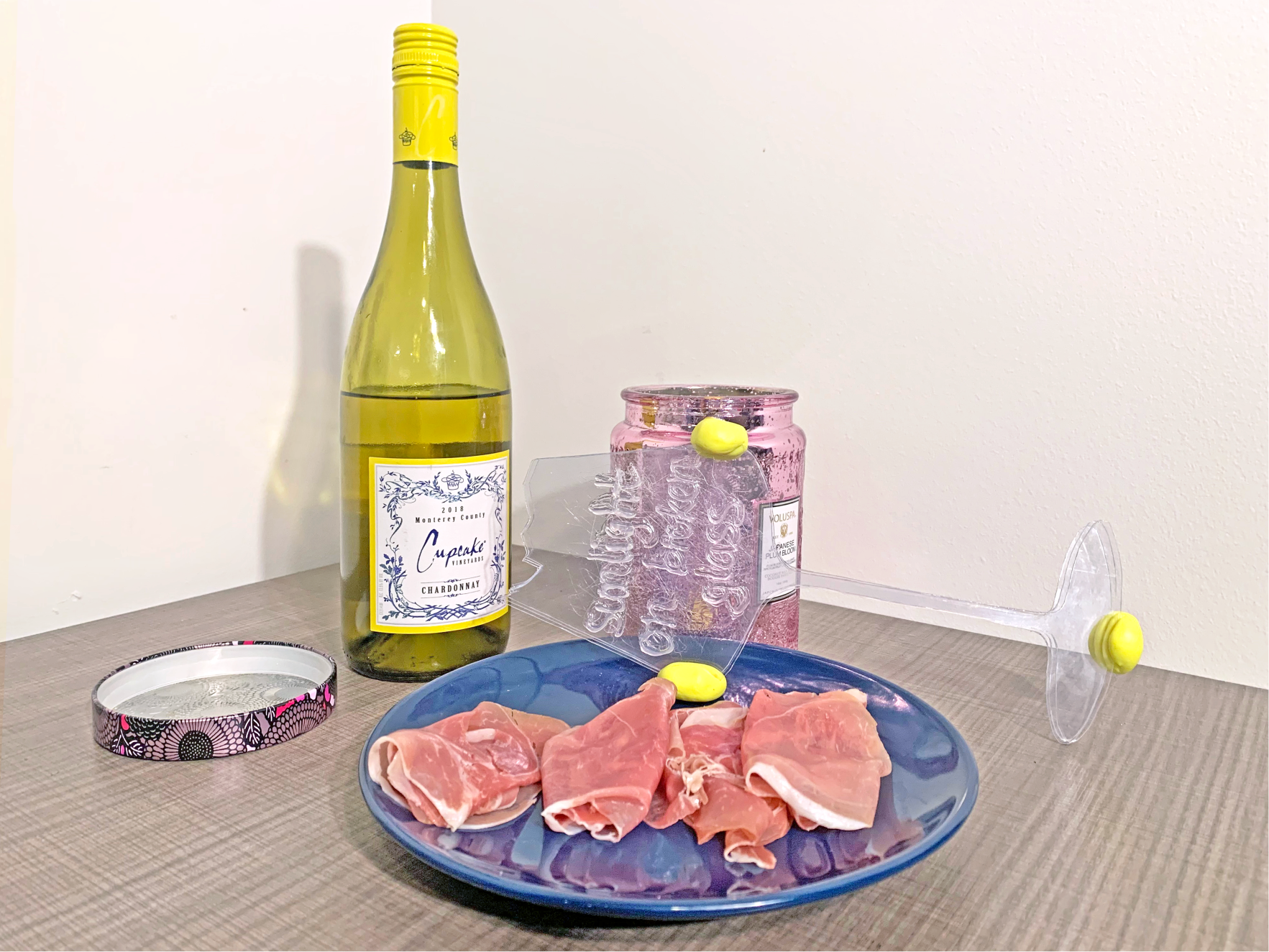

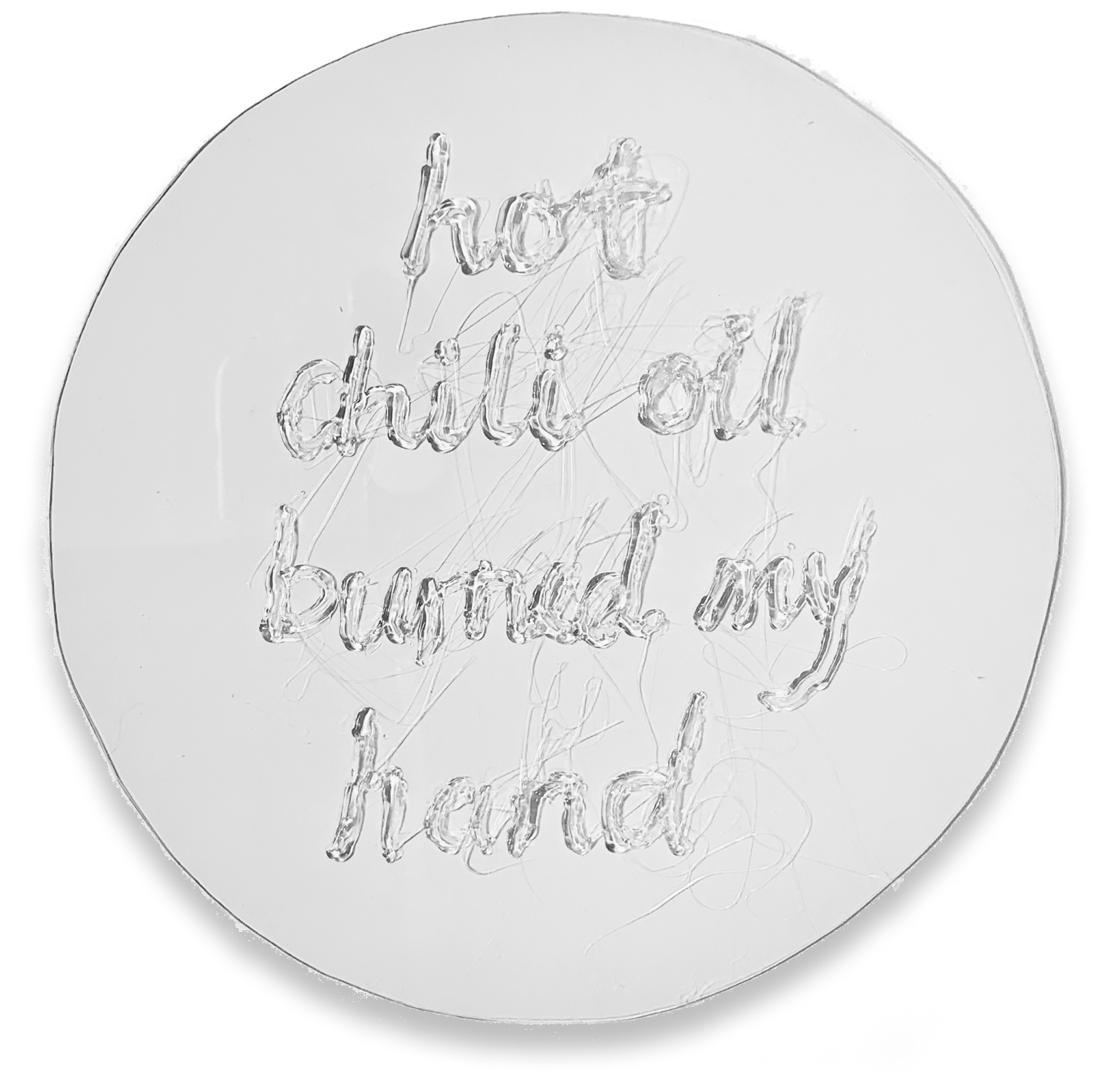
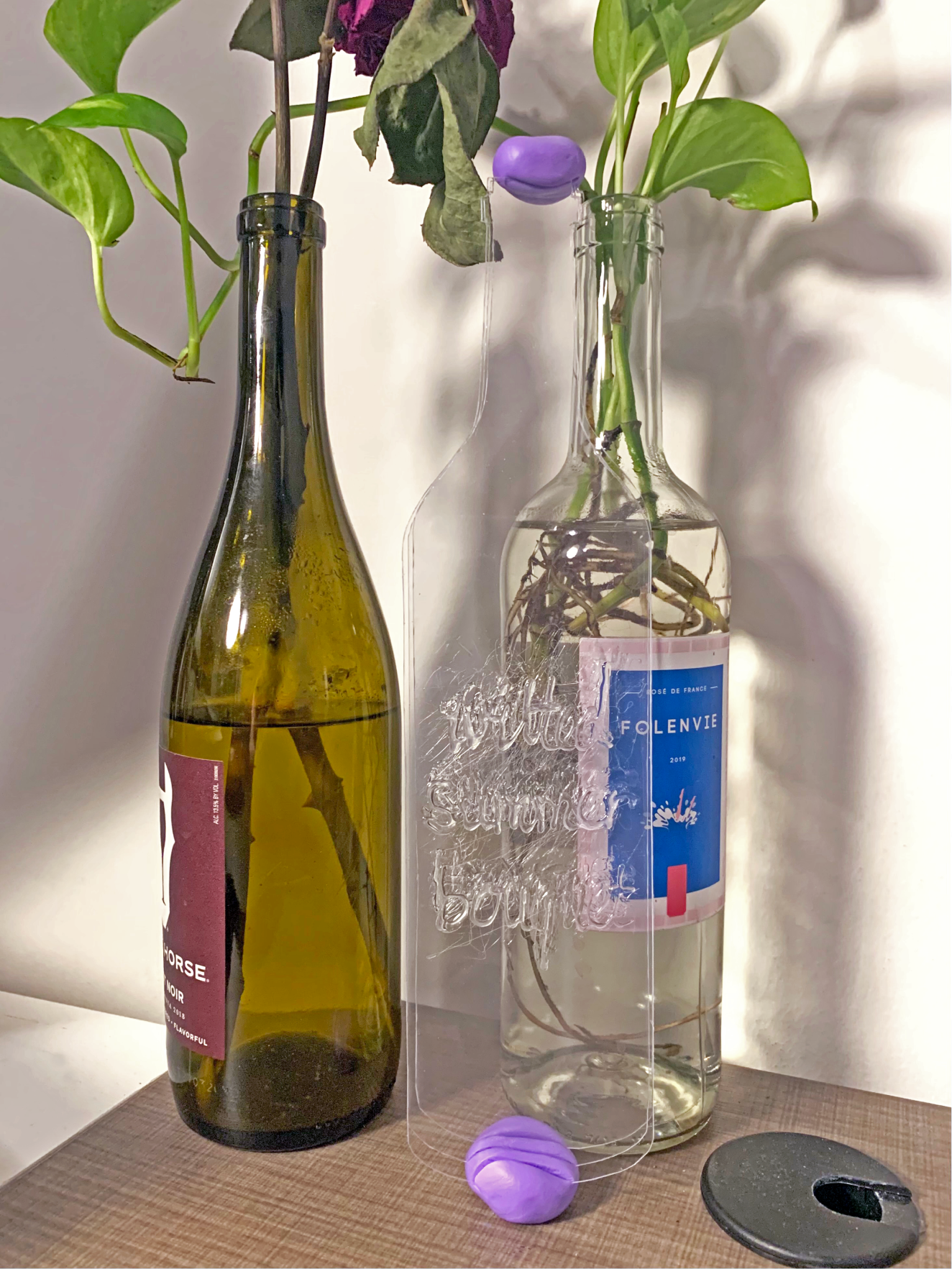
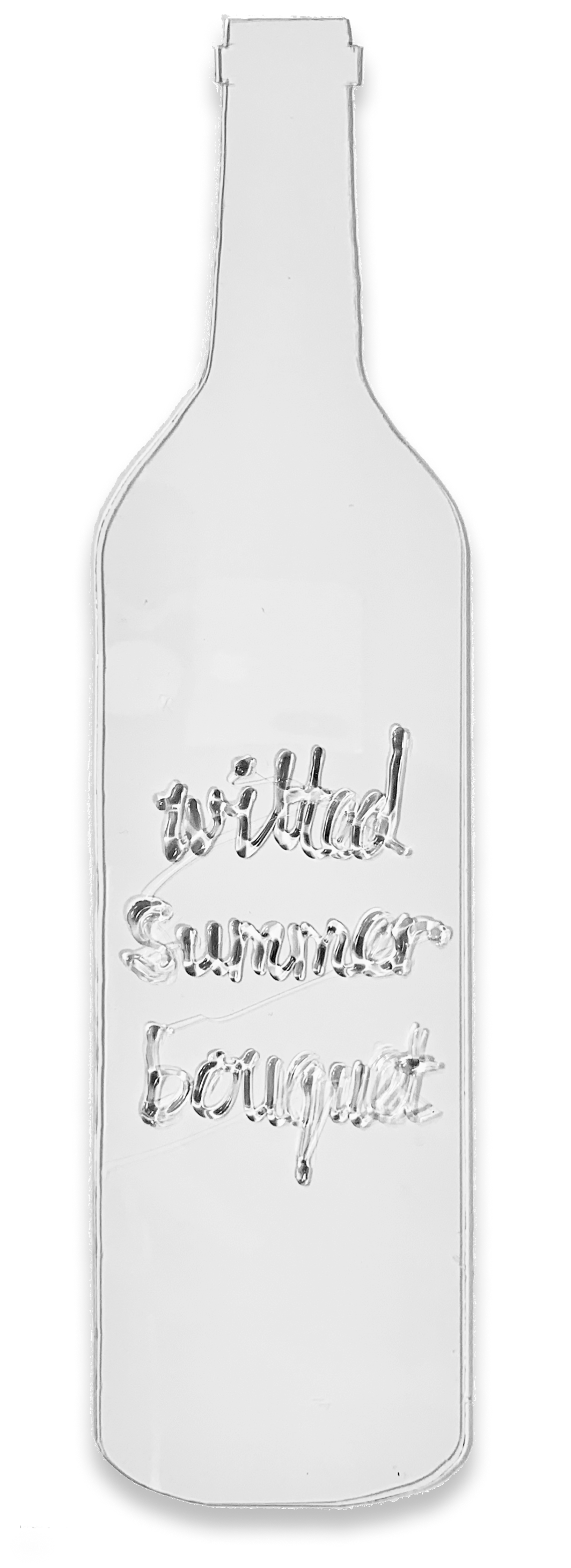

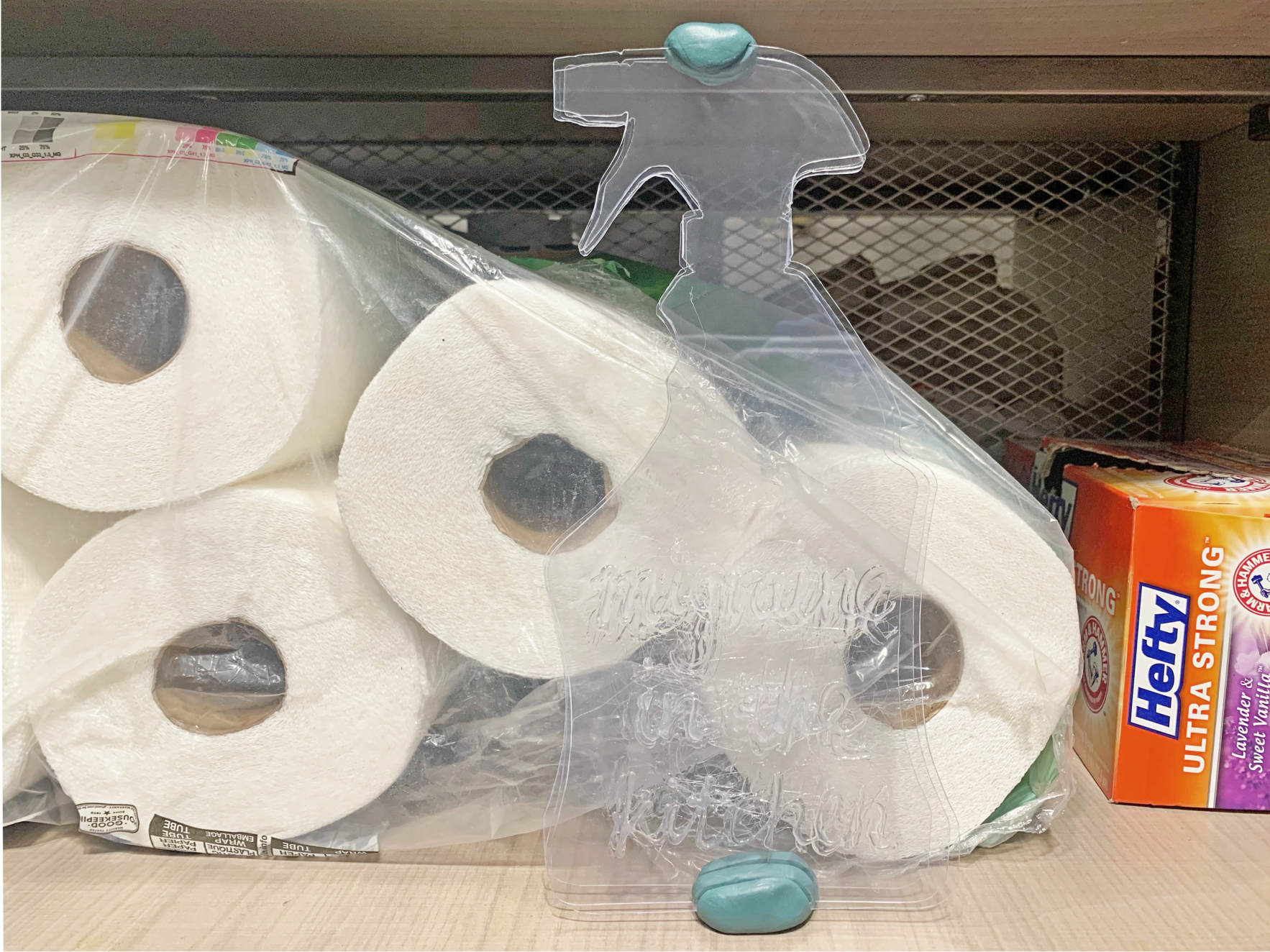
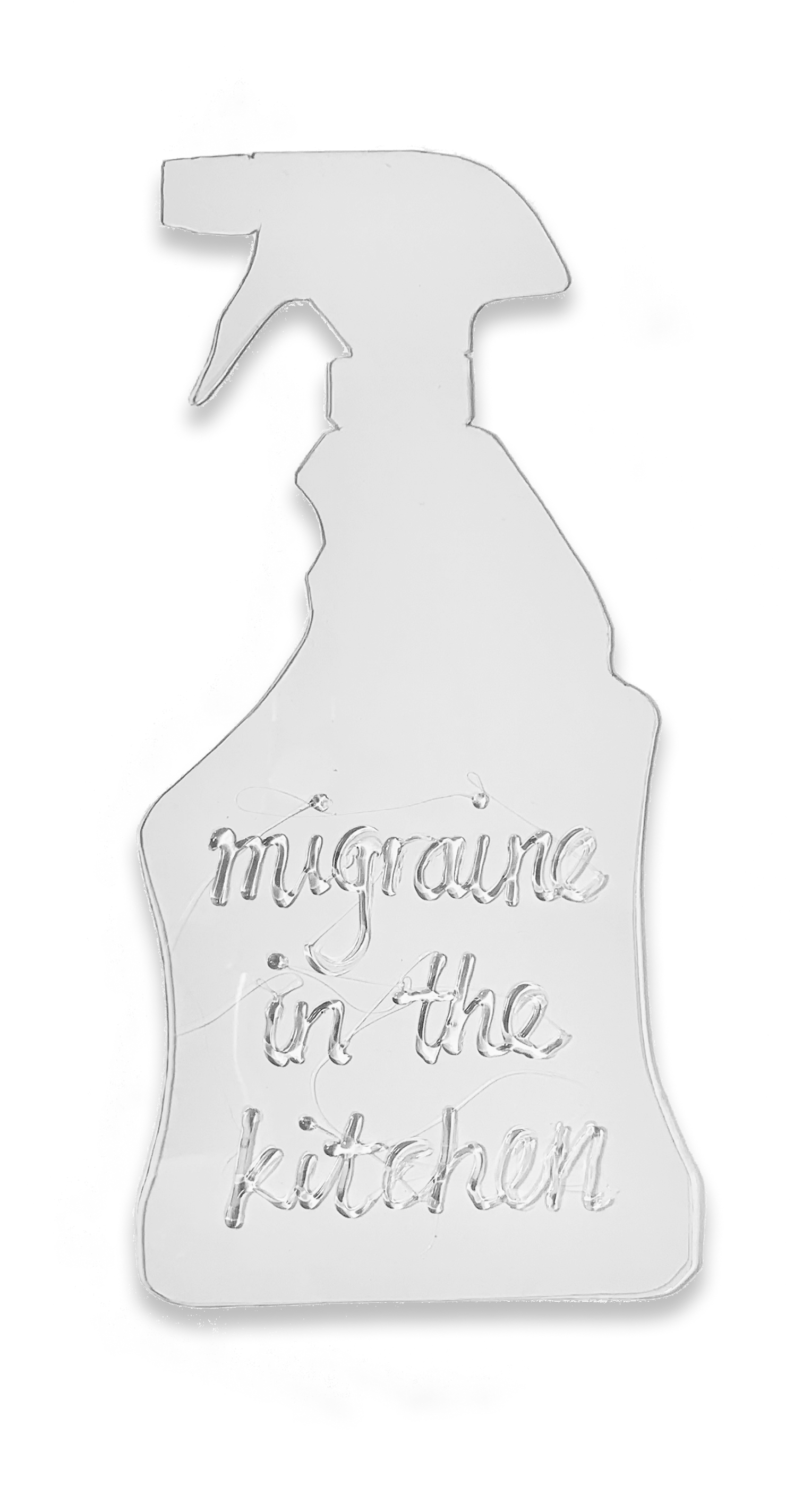

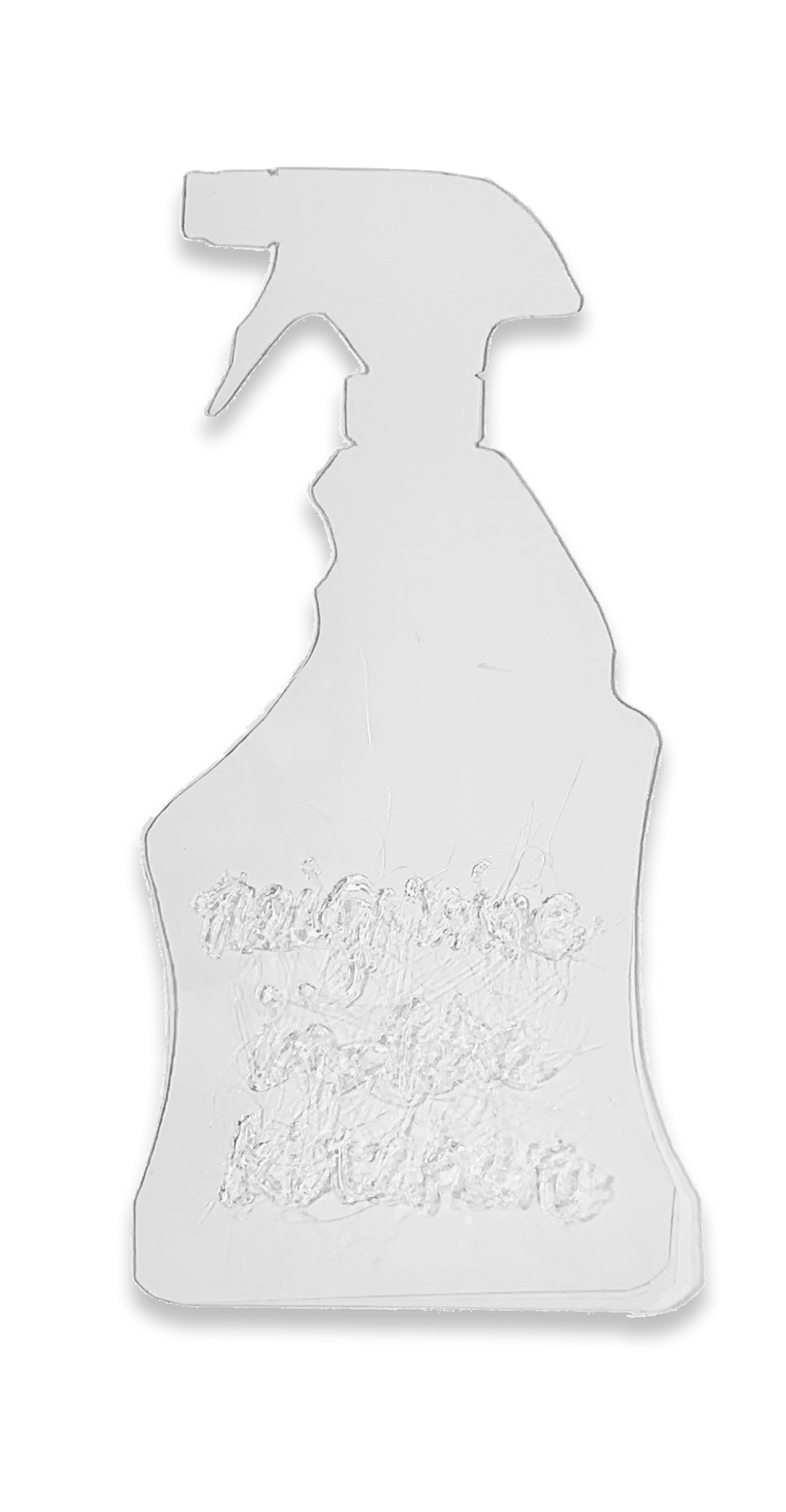








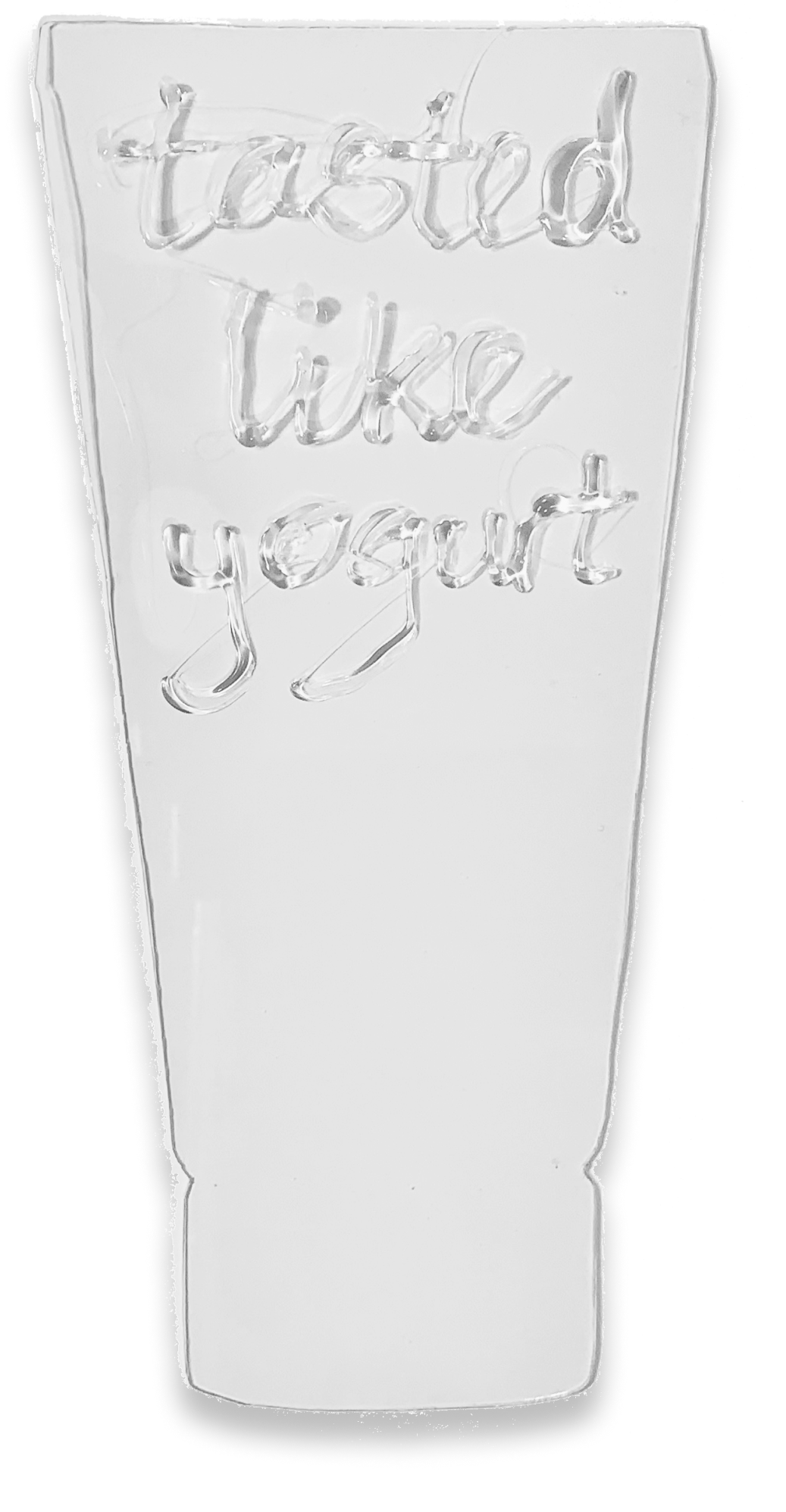





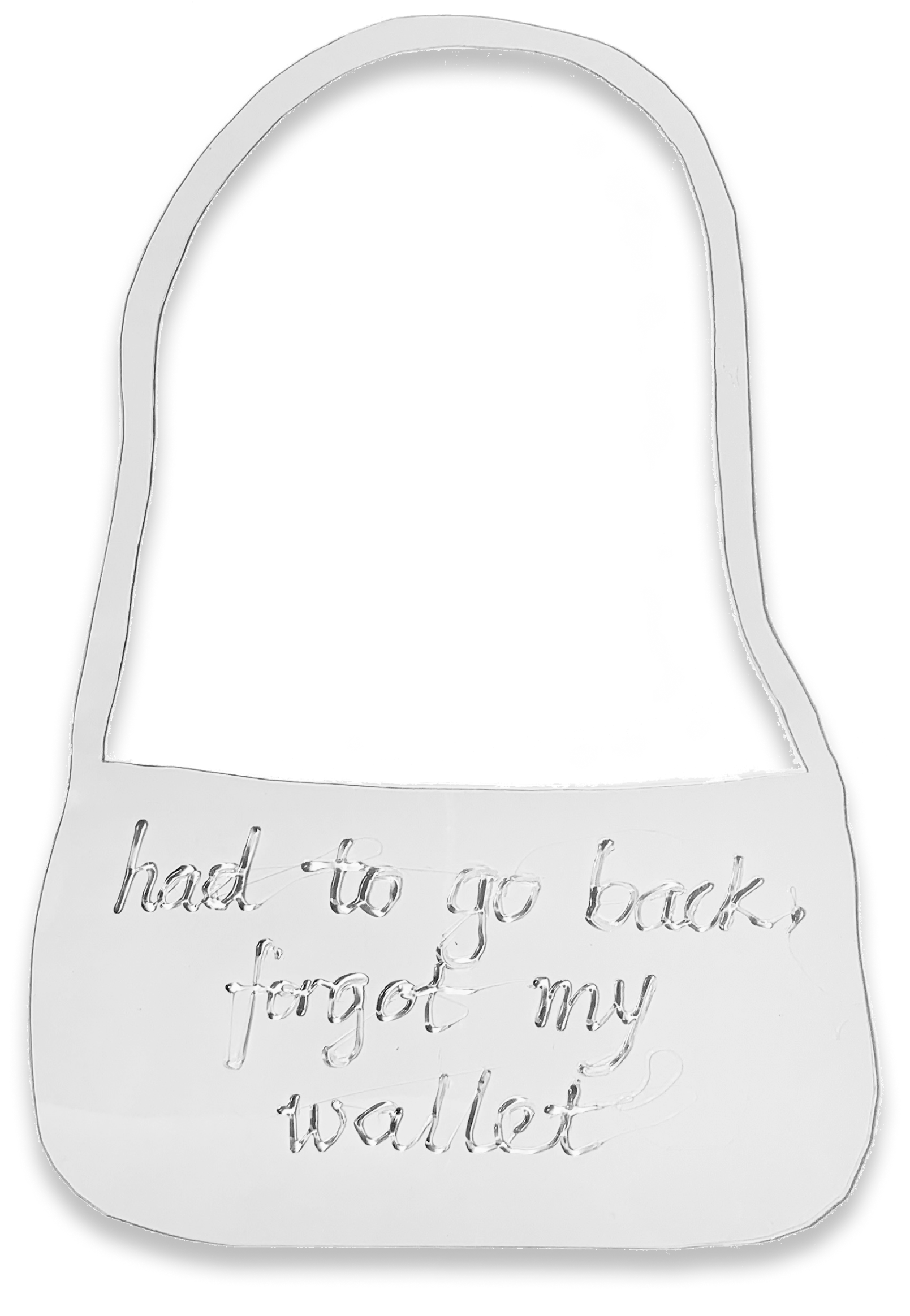


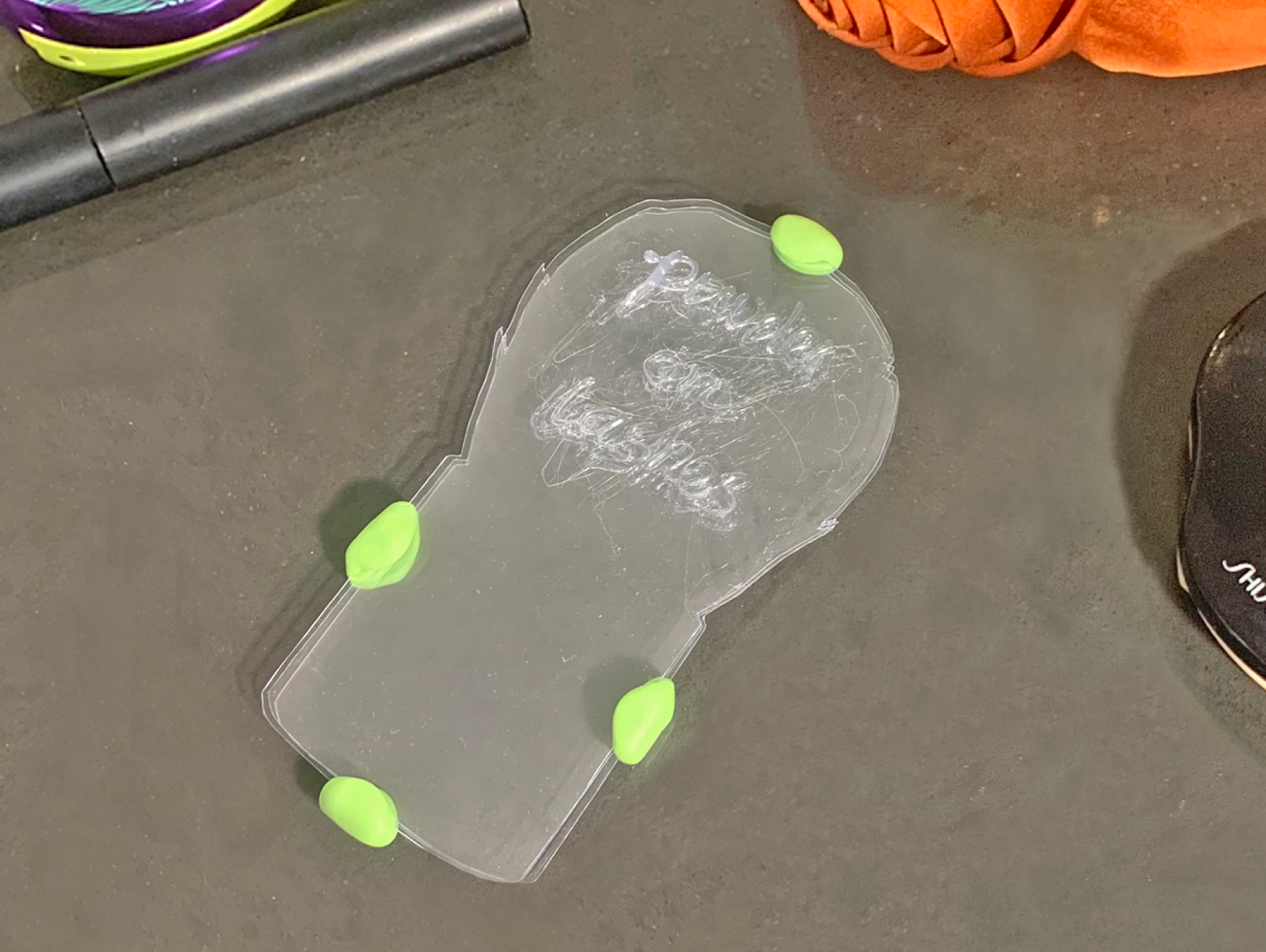
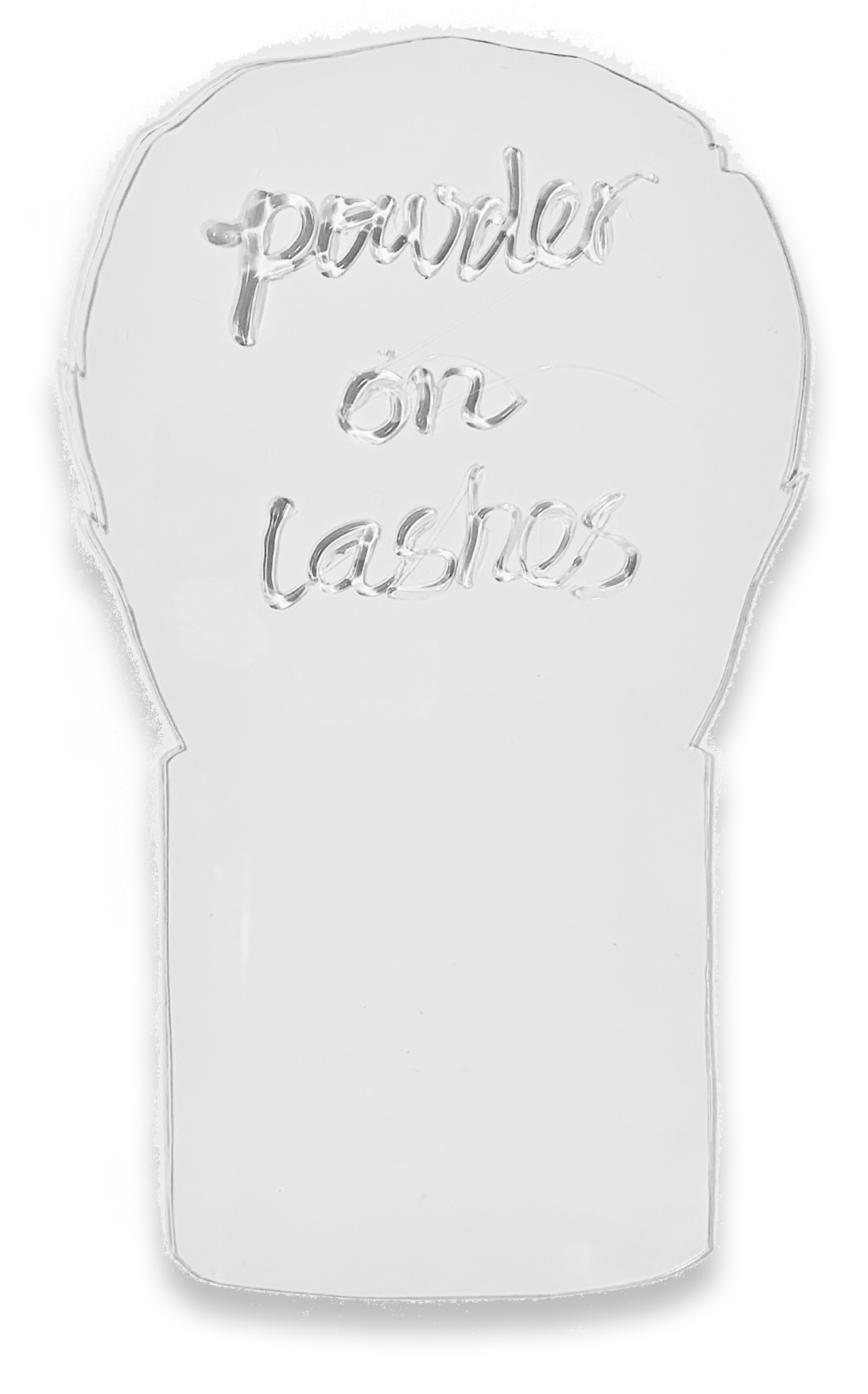

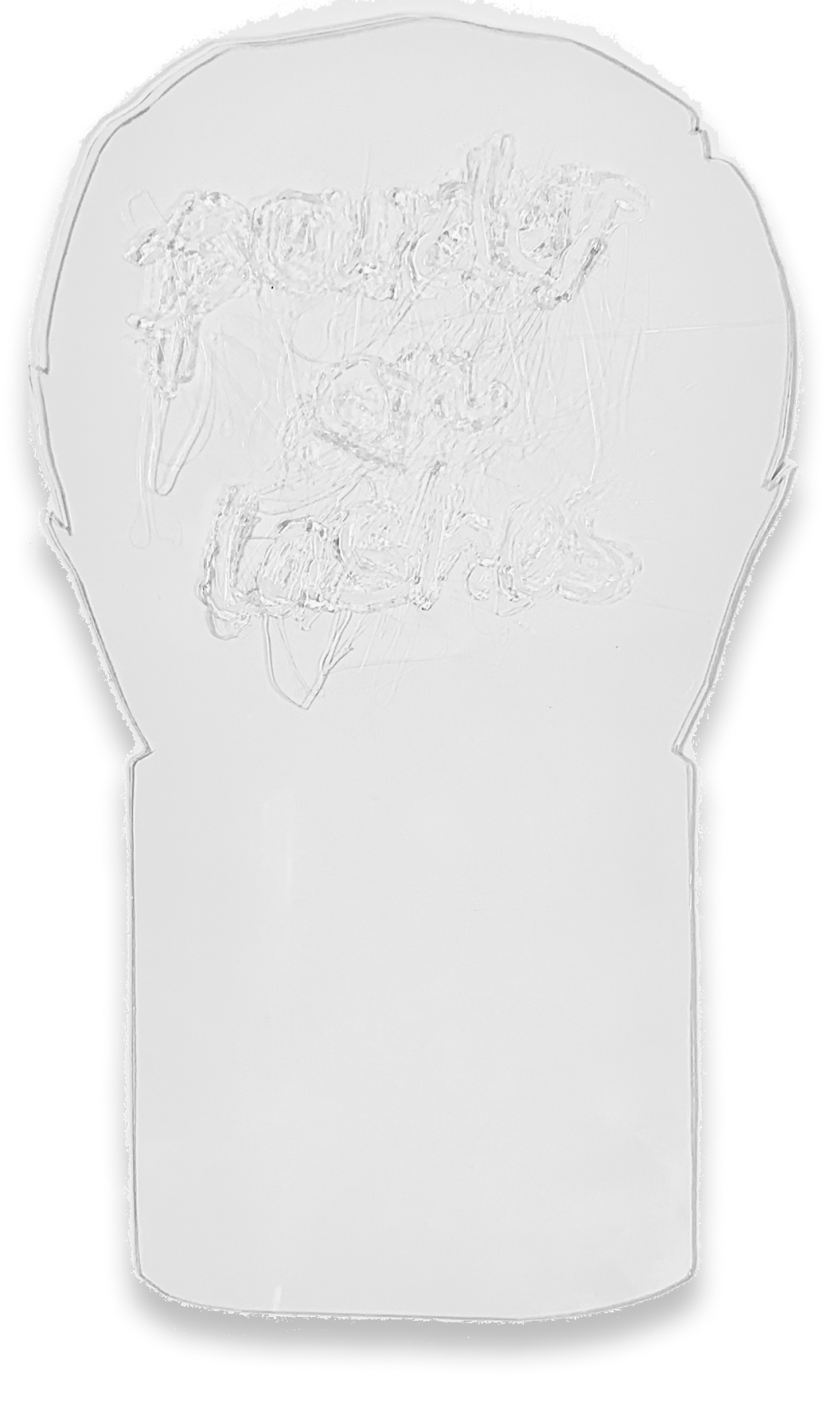


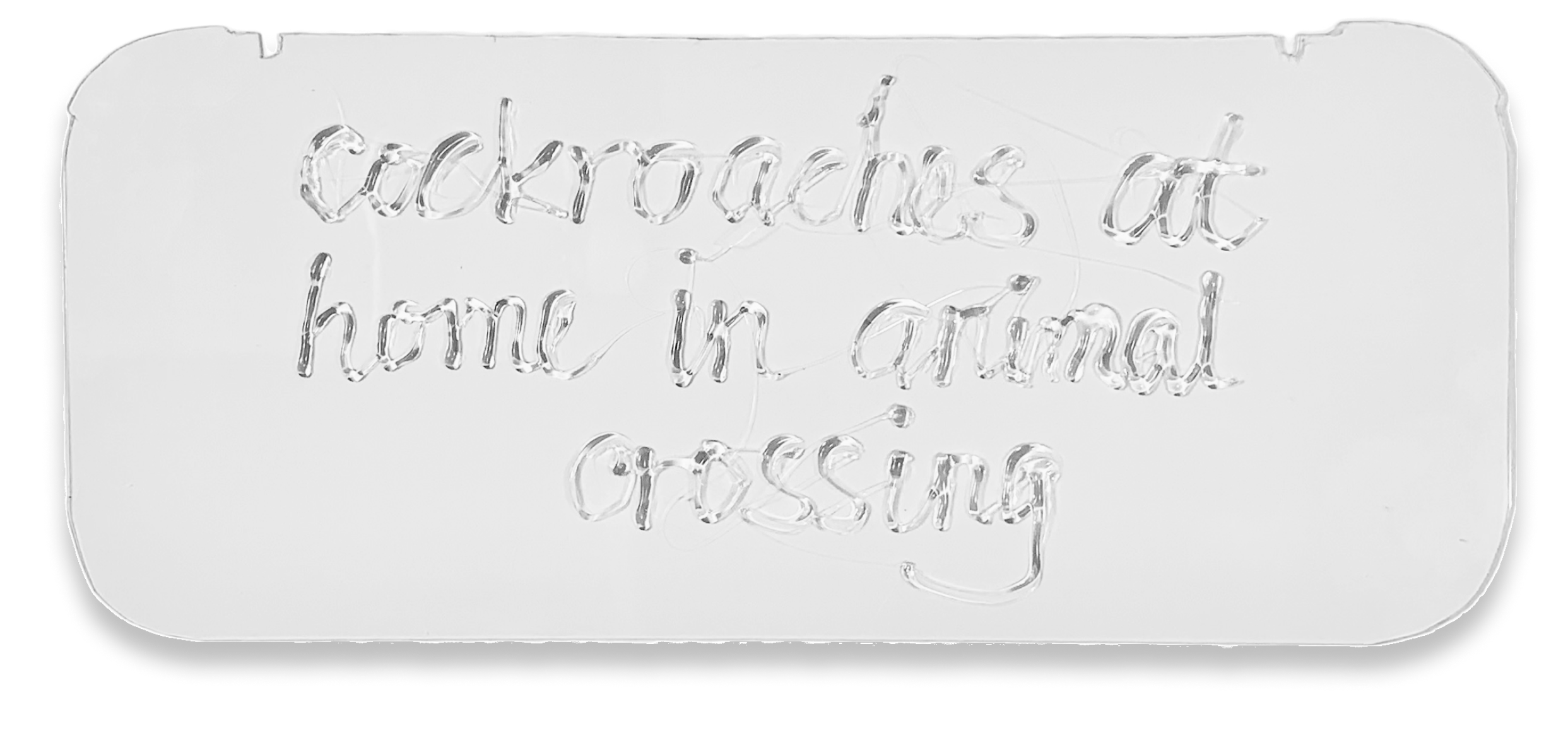


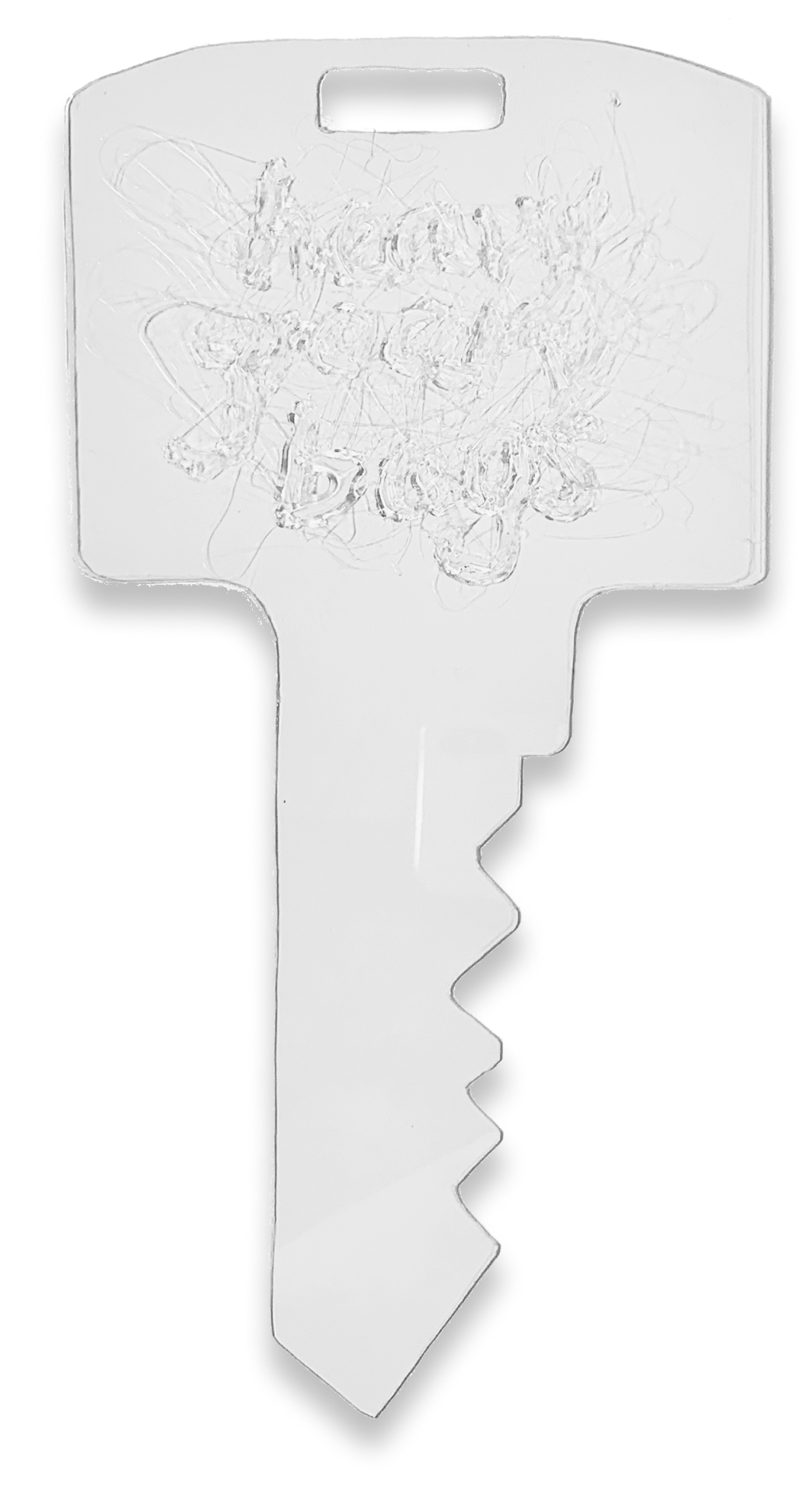
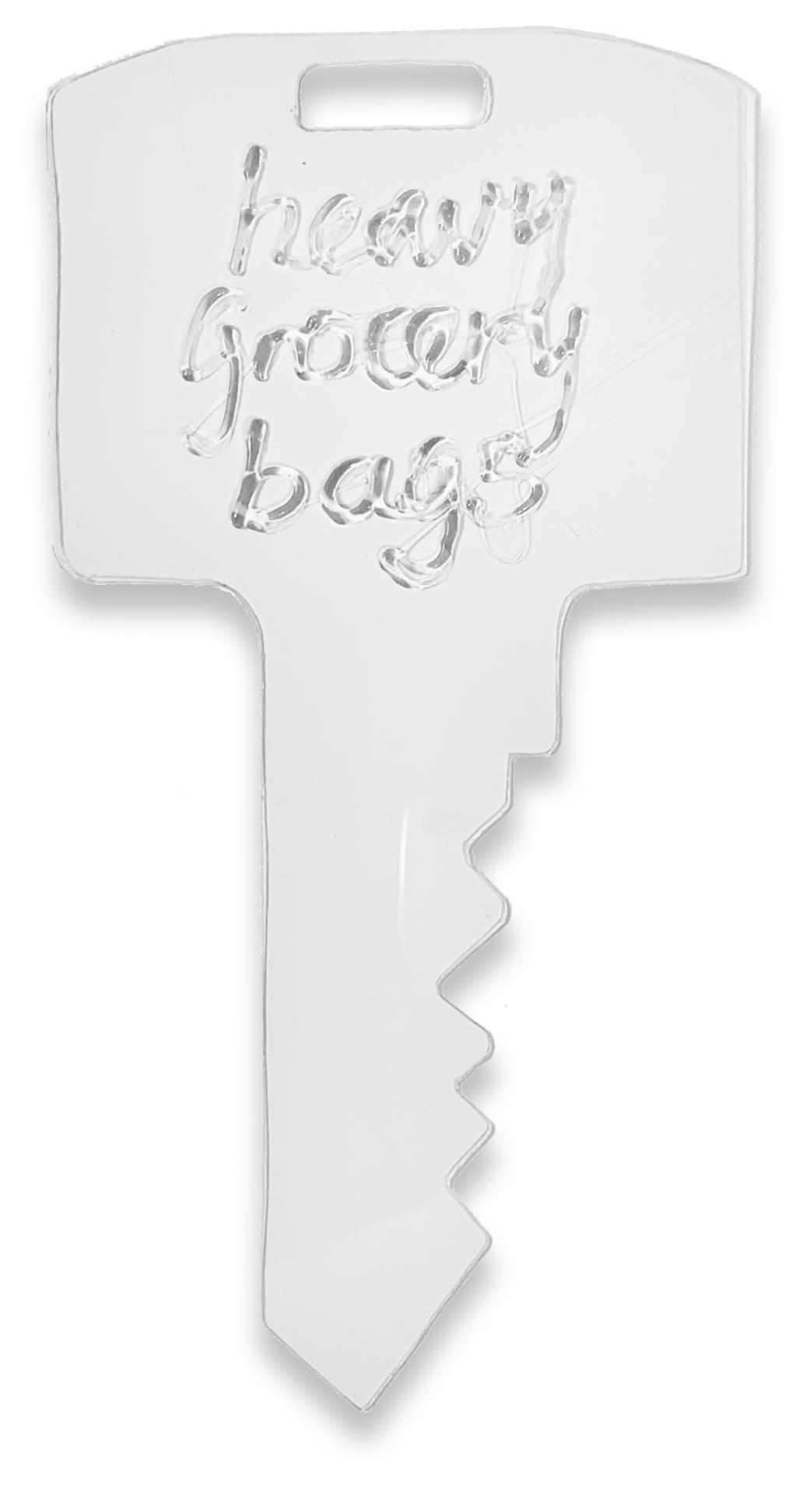







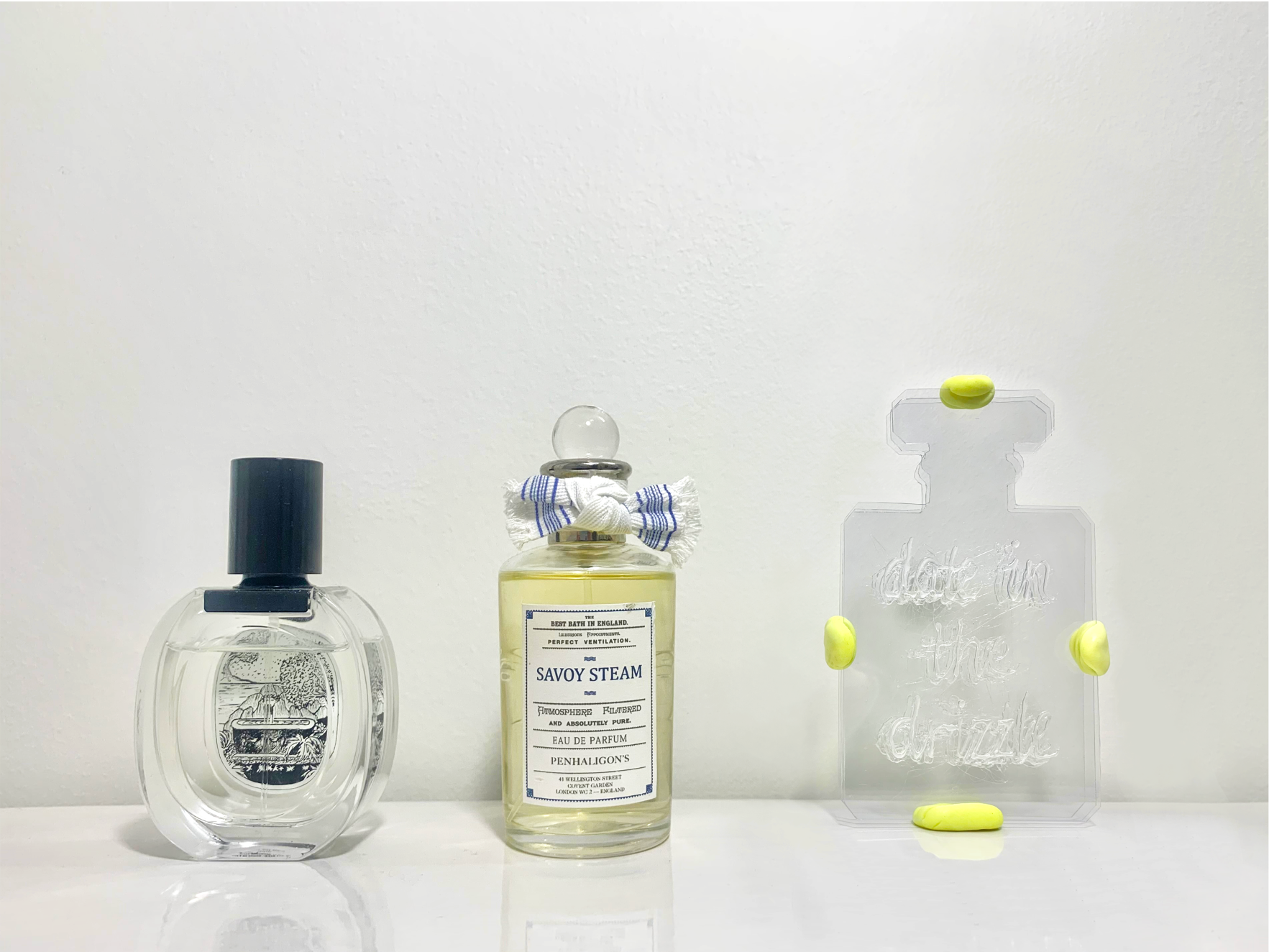
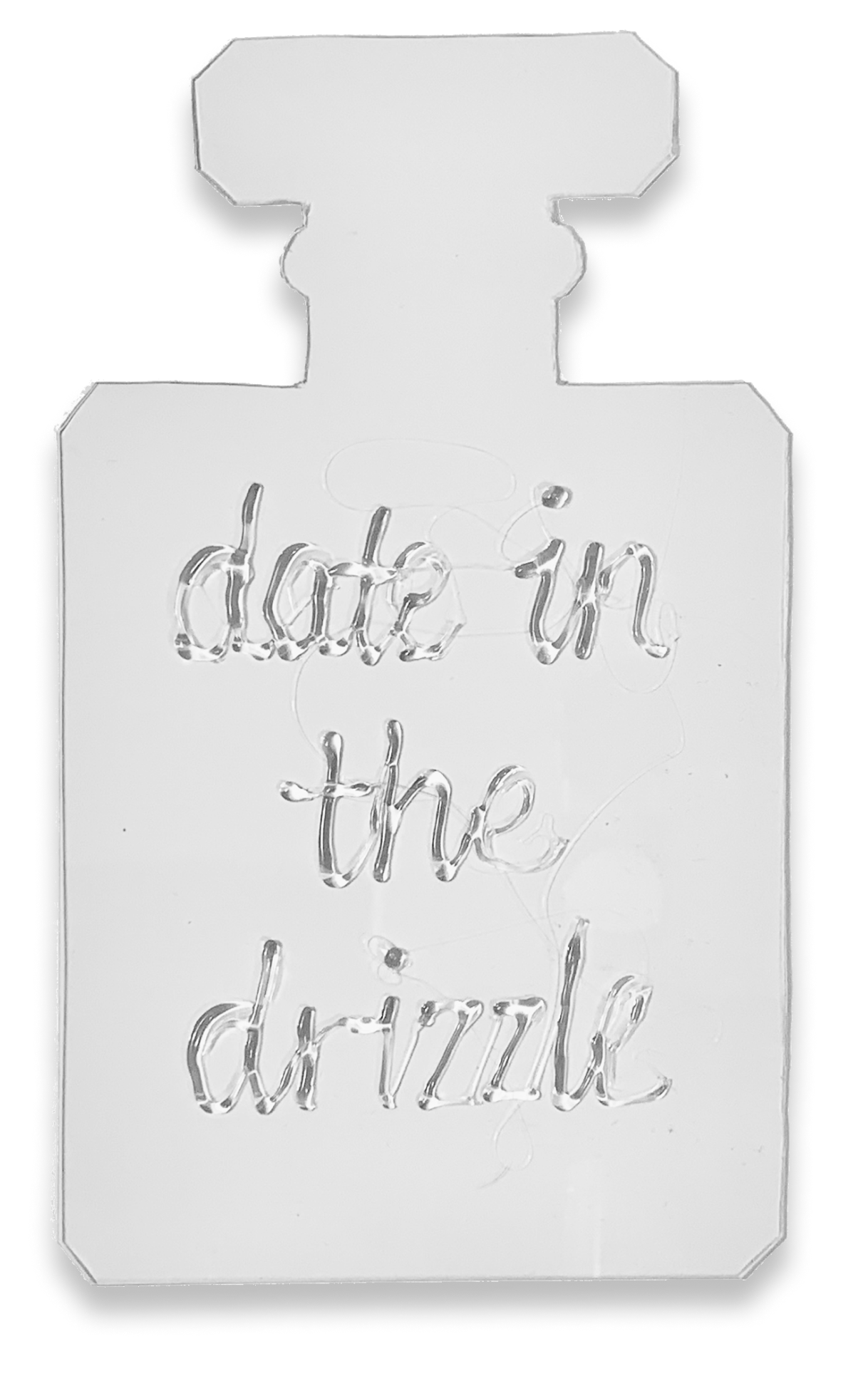

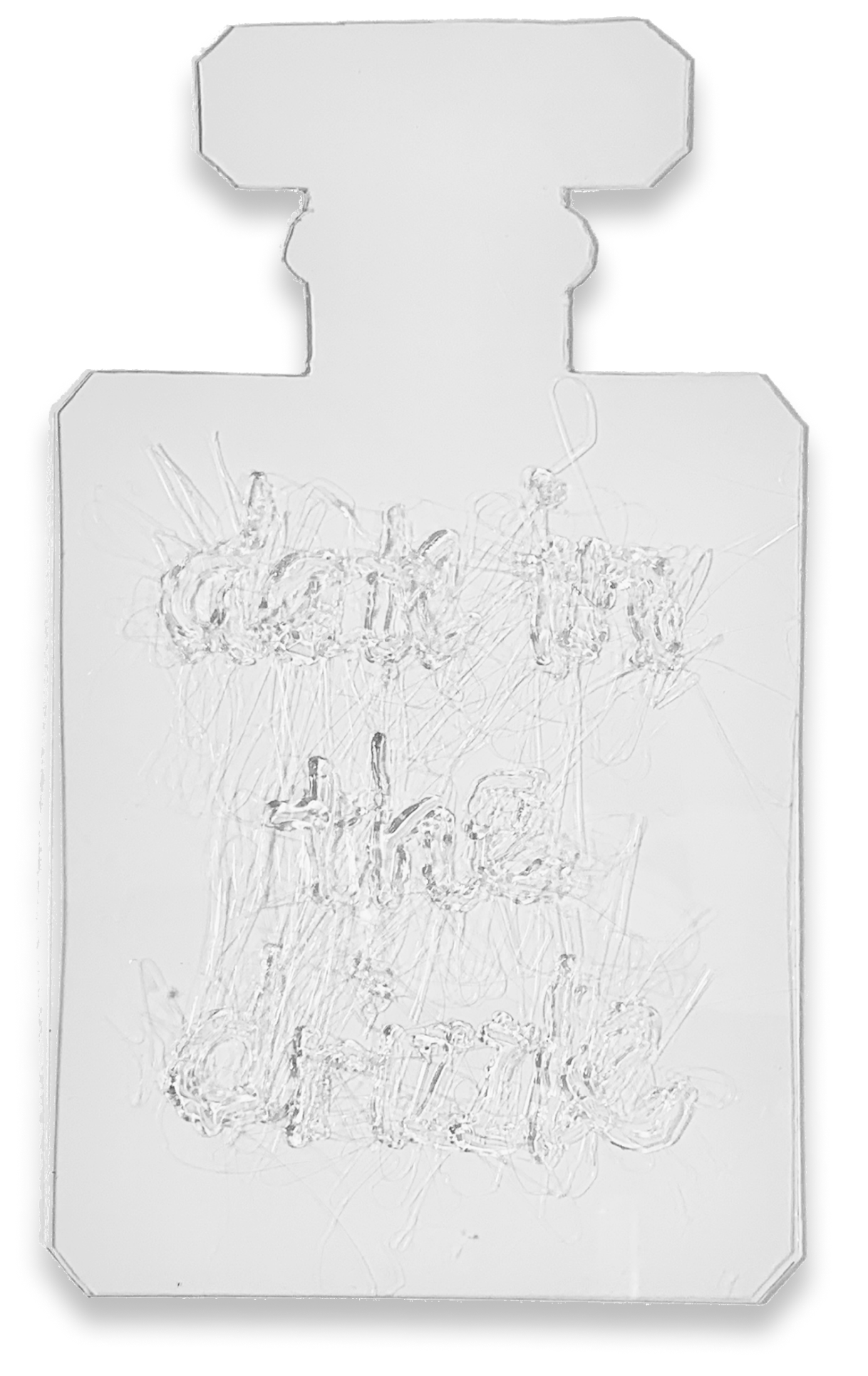
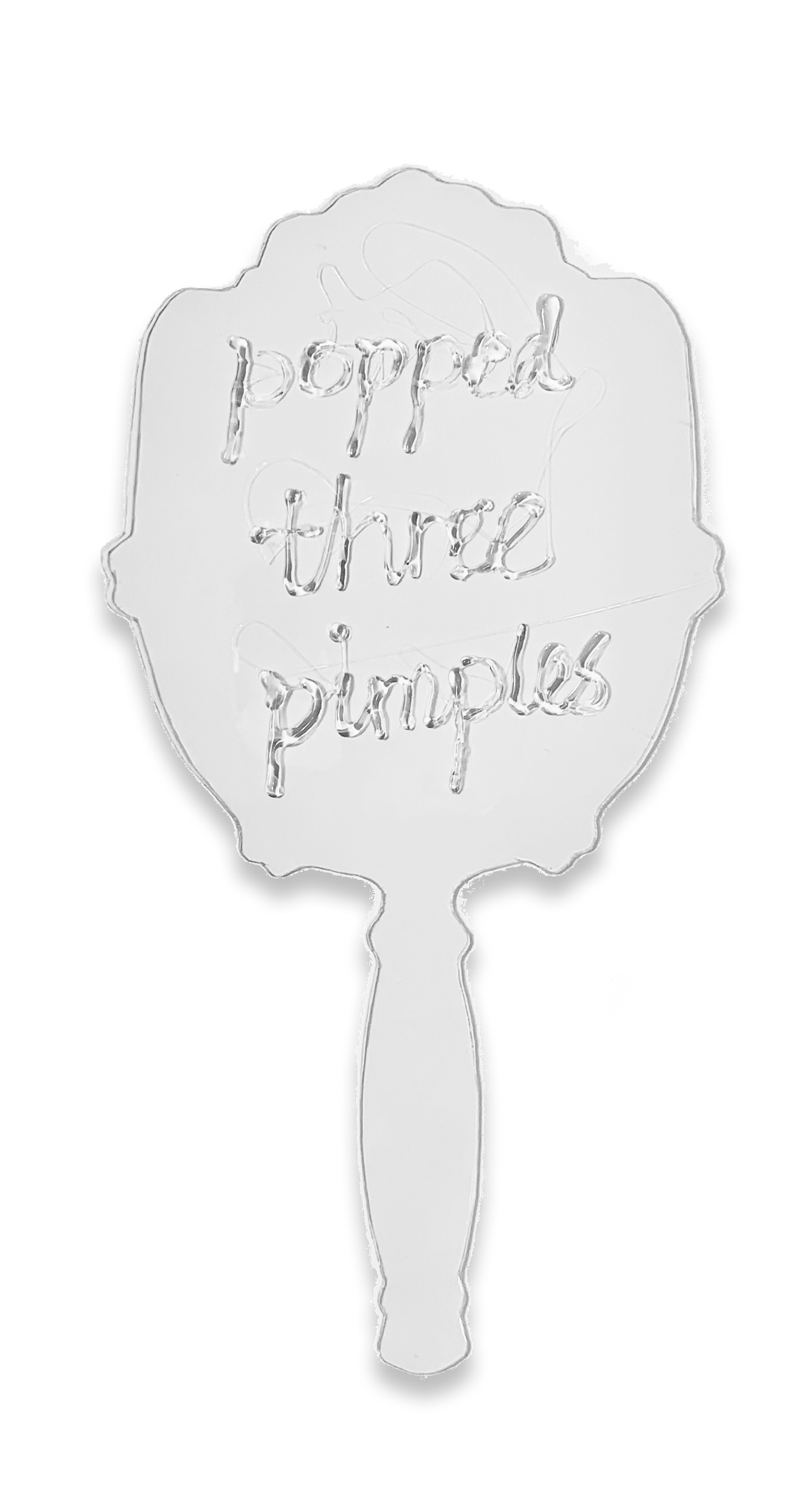
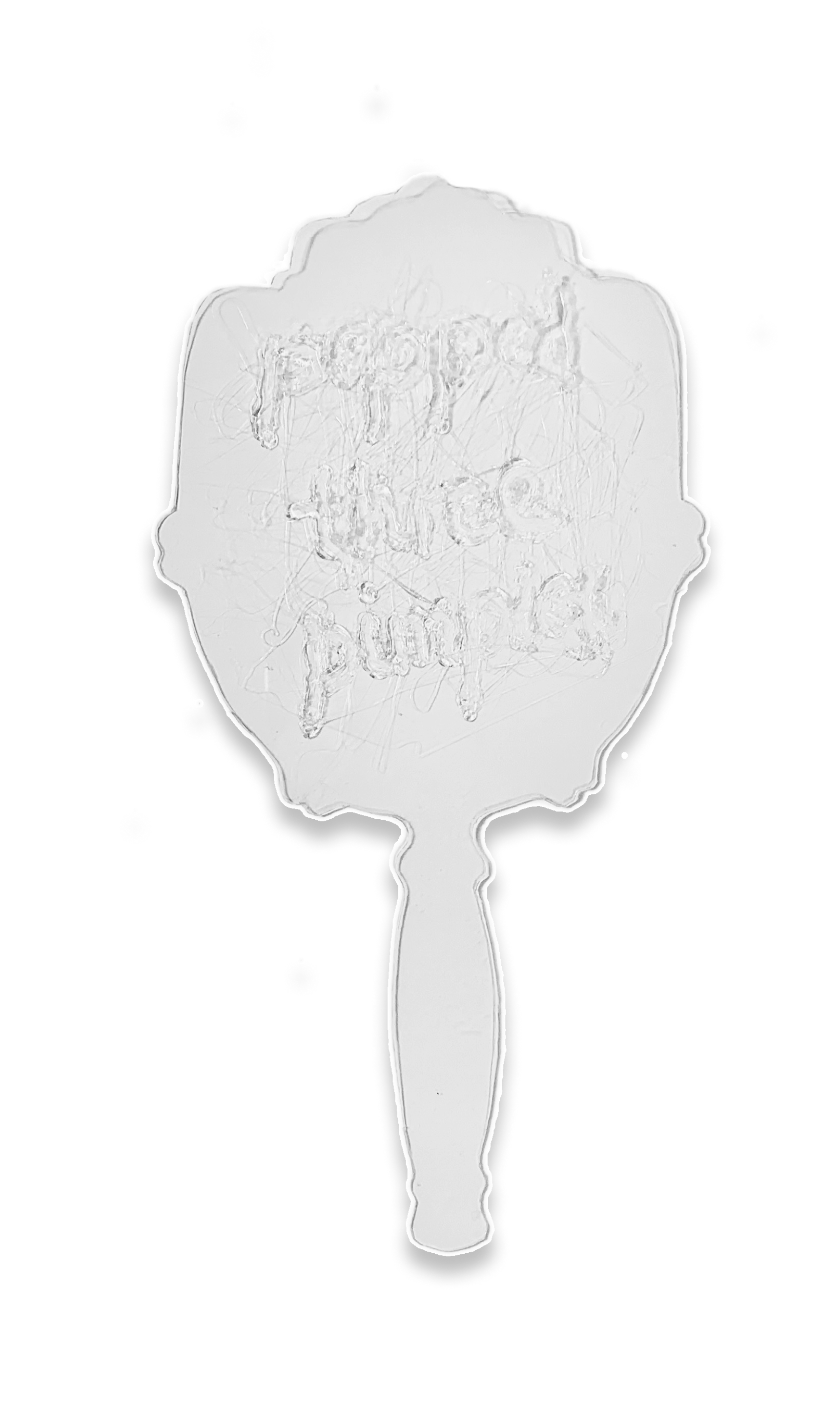


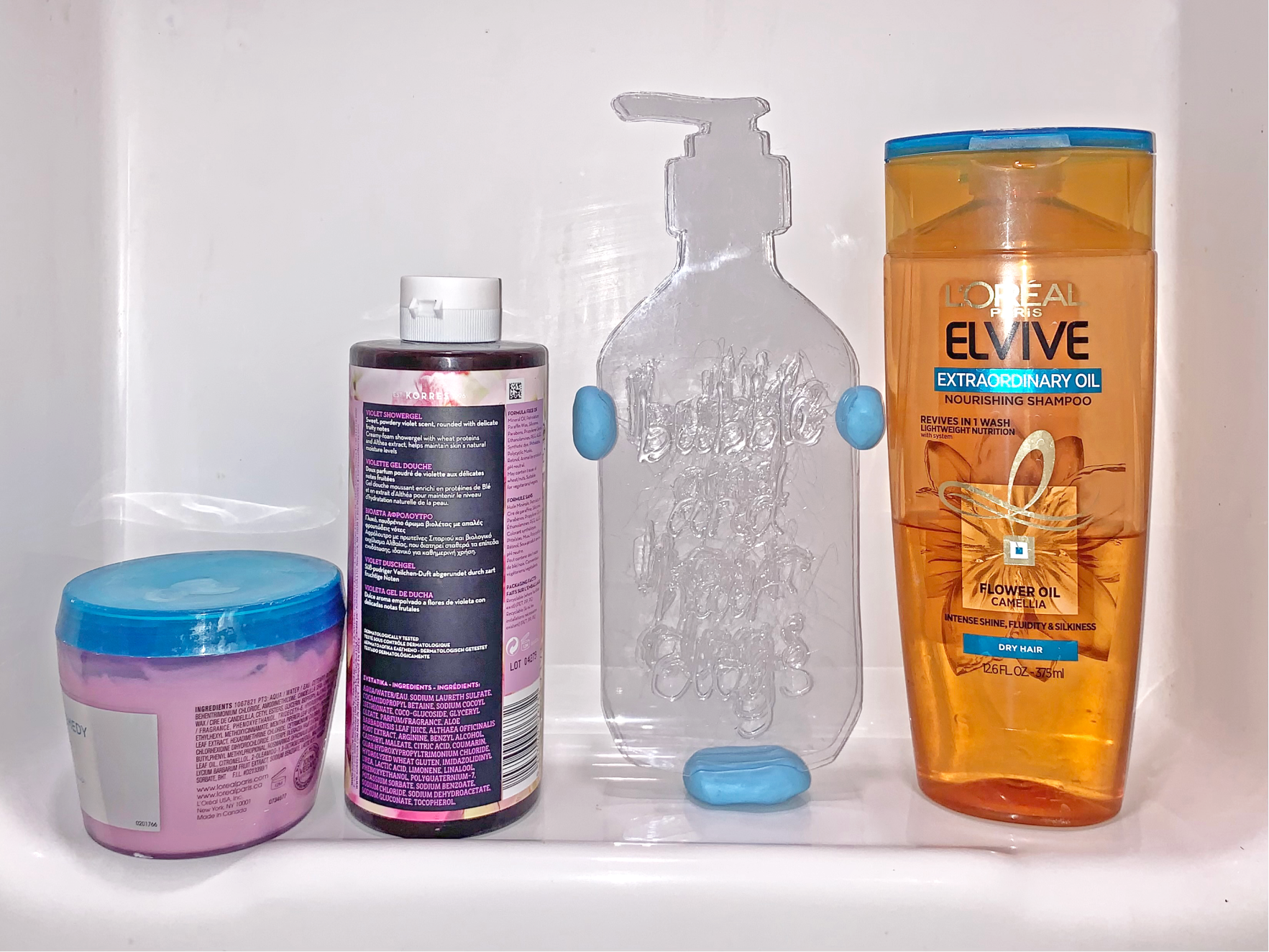

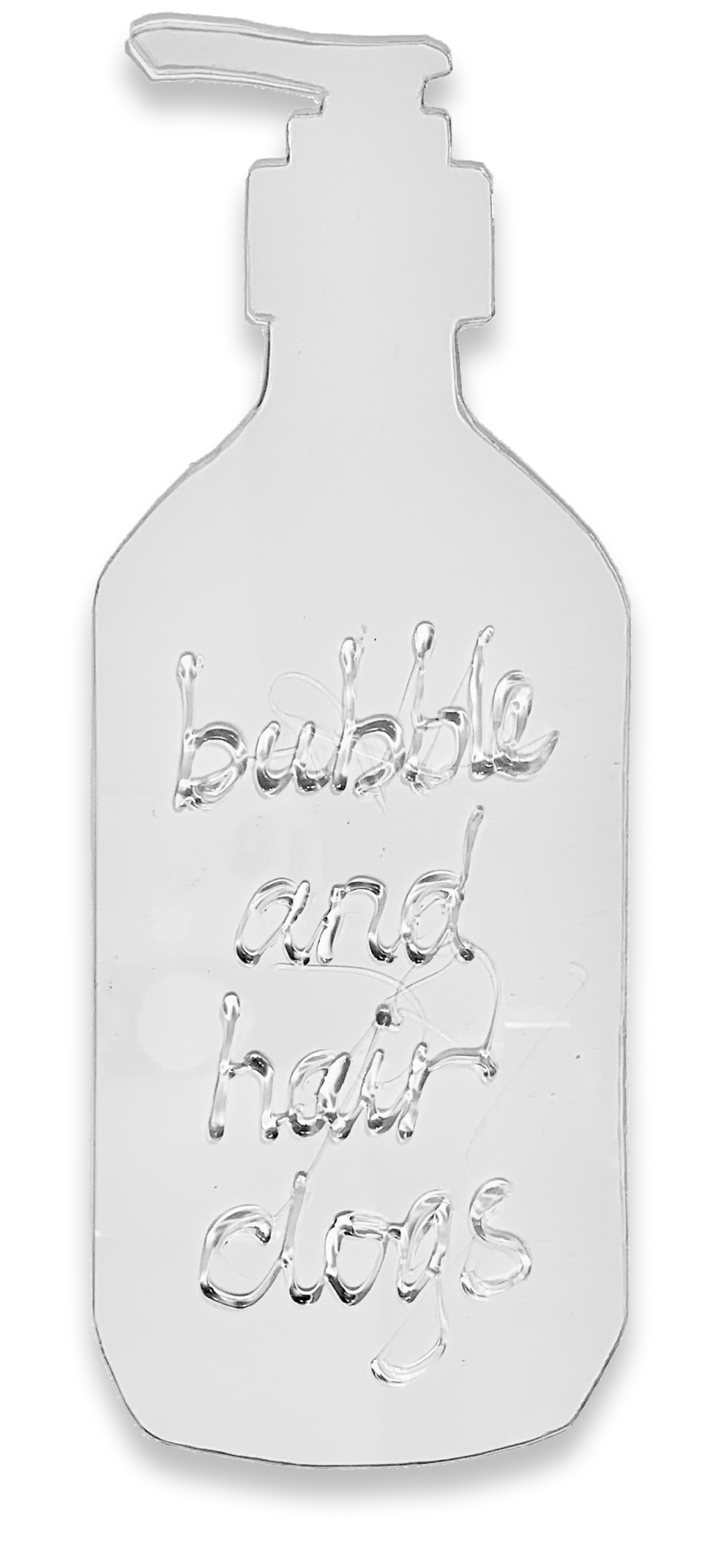

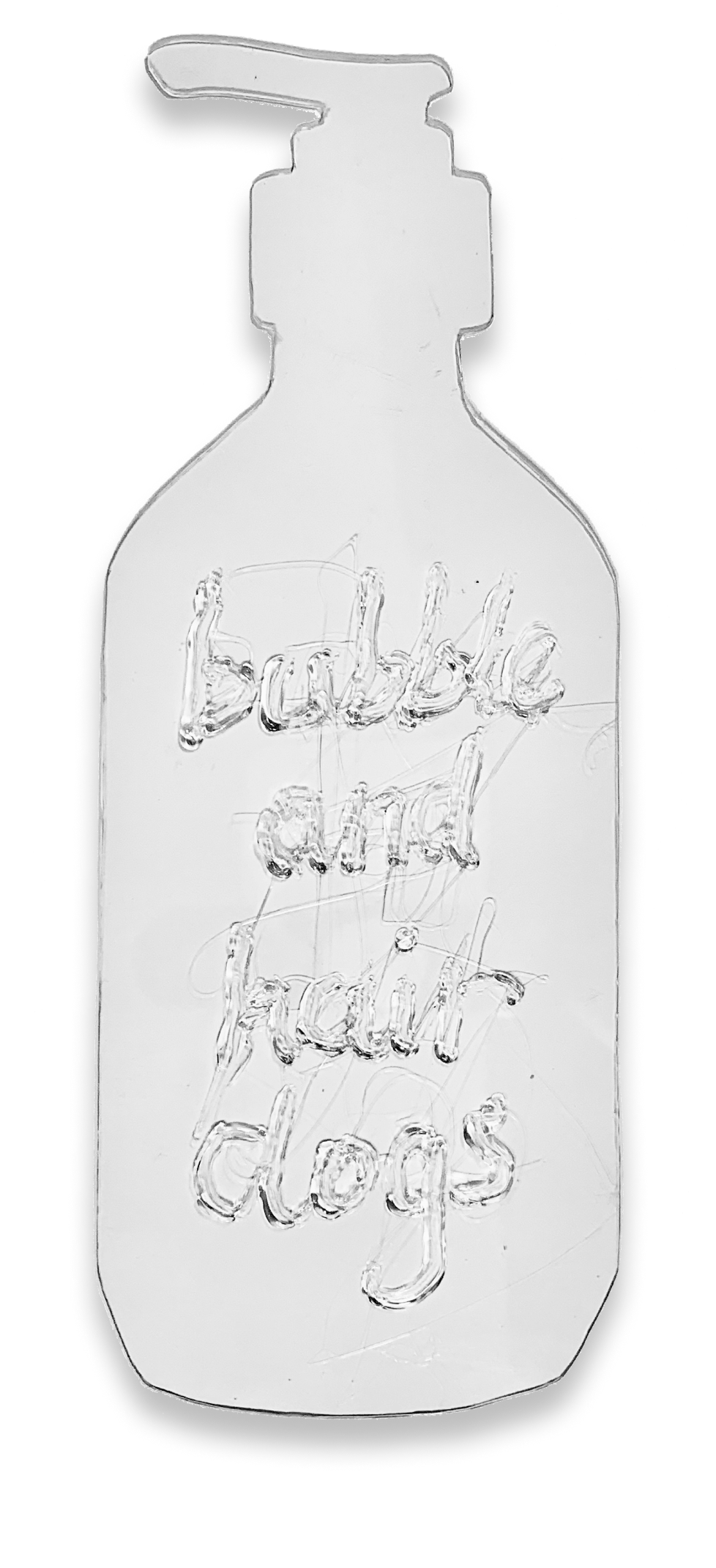
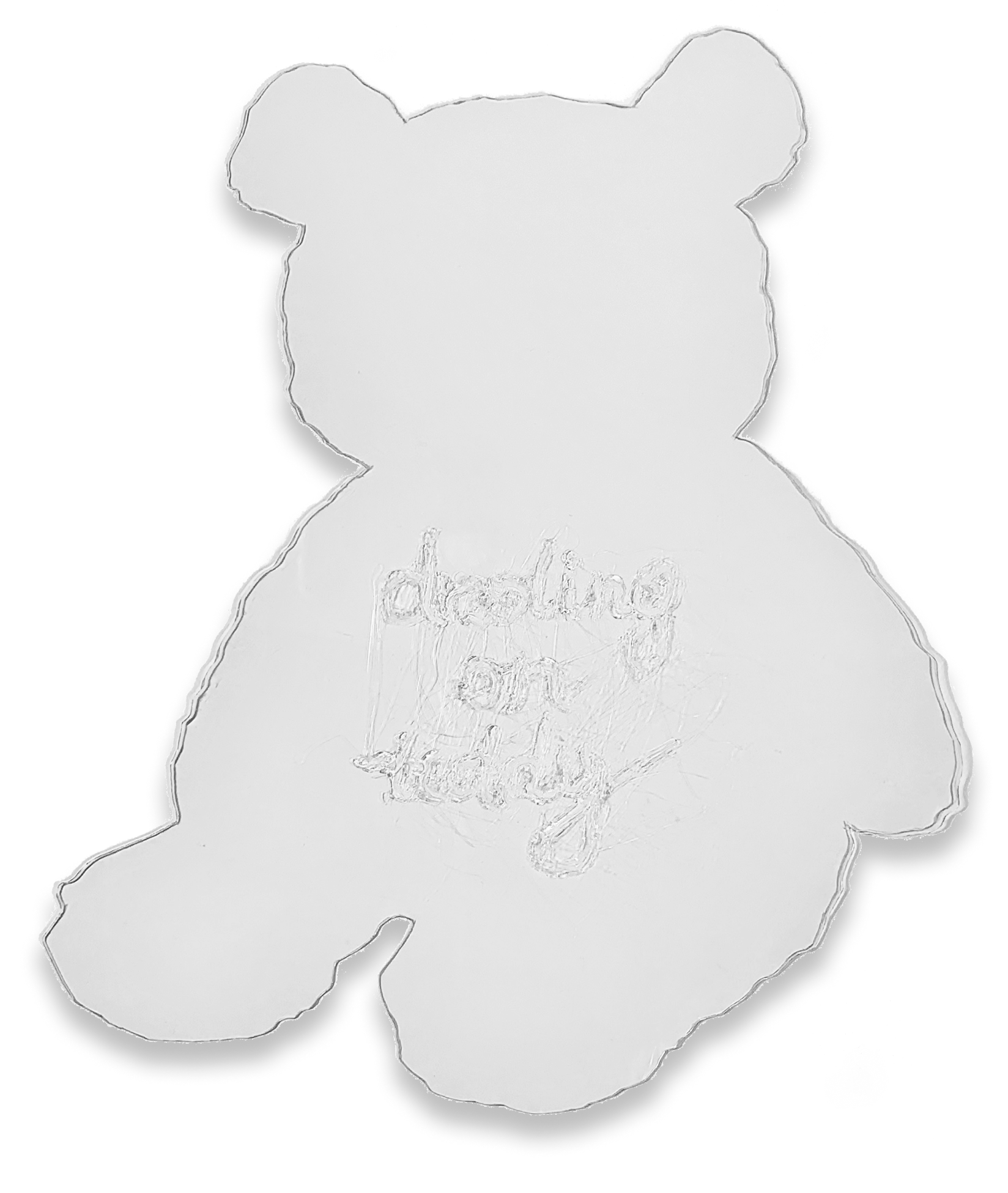



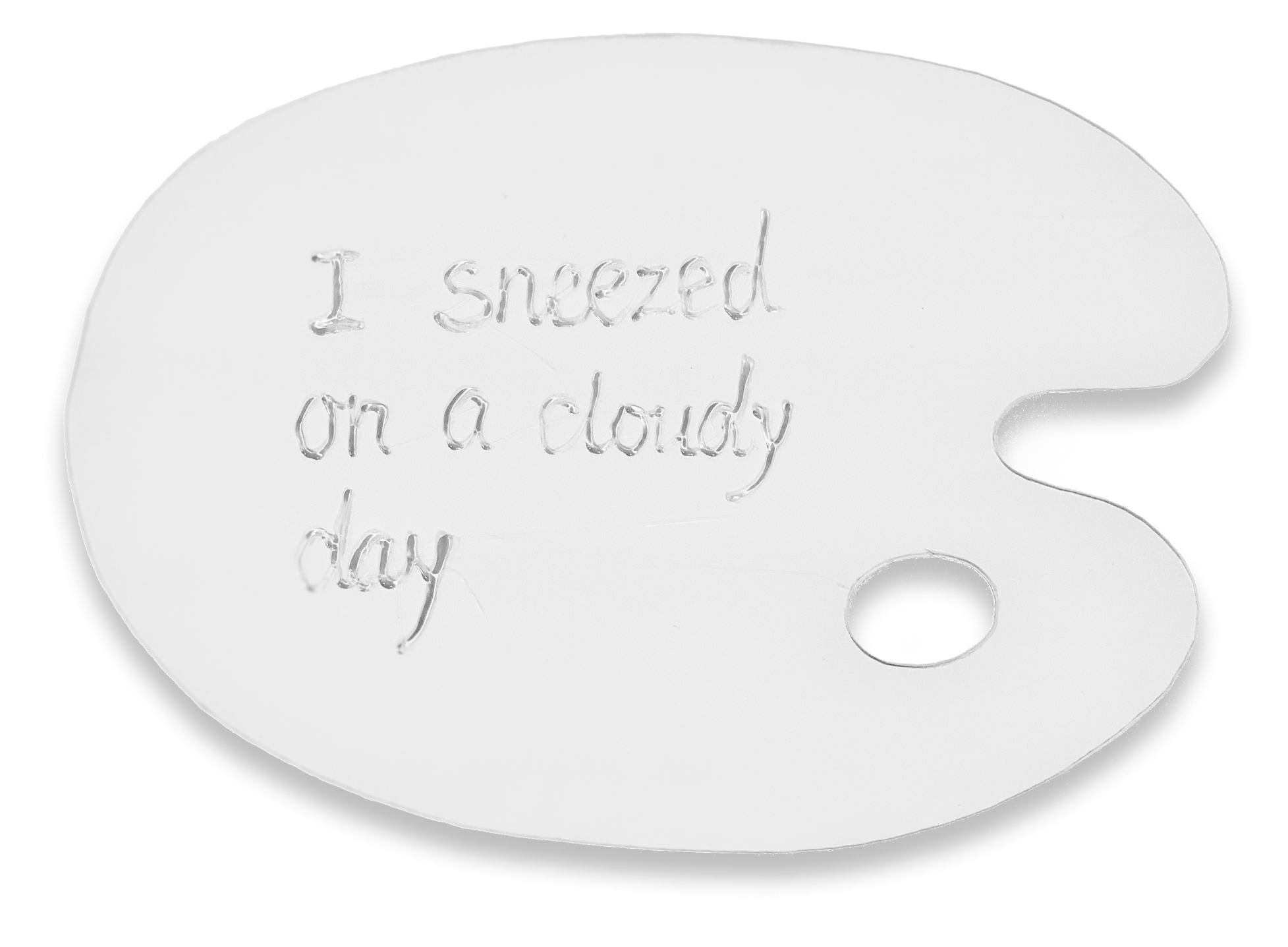

Everyday Forgetting Filter, 2021
Acrylic sheets, hot glue, polymer clay, artist’s everyday objects
Sizes vary by the actual size of reconstructed objects
Acrylic sheets, hot glue, polymer clay, artist’s everyday objects
Sizes vary by the actual size of reconstructed objects
Part 2: My Visceral Lens of Remembering
A major part of my memory (and loss of memory) comes in the form of false memories. I am unable to overcome my schematic bias. In this part, I represented my four most common causes of recalling “false” memories through film clips, and lenses. I then proceed to reflect on and recreate past memories using videos of reconstructed scenarios.
These lenses made from hot glue on acrylic boards are attached to my screen and distorts the films, just like how my brain distorts the memory and takes out the things deemed unimportant - only the things contributed to my faulty memories would come through. You are welcome to experience how faulty memories are recalled through the lenses in my brain with me.
These lenses made from hot glue on acrylic boards are attached to my screen and distorts the films, just like how my brain distorts the memory and takes out the things deemed unimportant - only the things contributed to my faulty memories would come through. You are welcome to experience how faulty memories are recalled through the lenses in my brain with me.
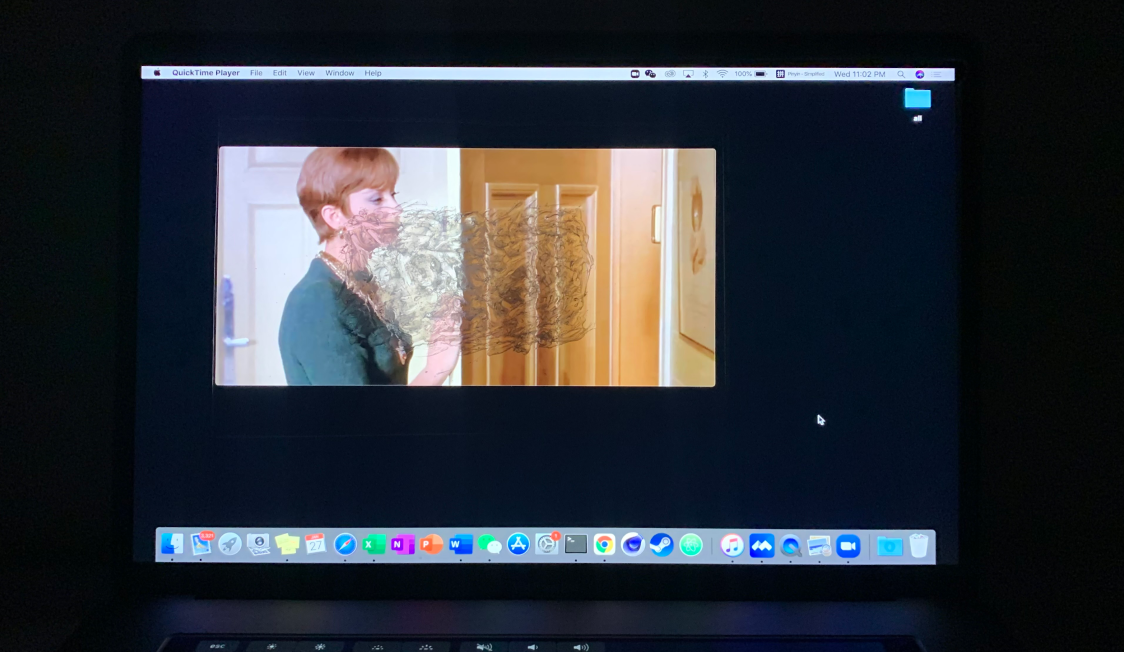

My Visceral Lens of Remembering (Analyzing the Causes), 2021
Acrylic sheets, hot glue, LED screen
5 x 2.86 inch
Acrylic sheets, hot glue, LED screen
5 x 2.86 inch
Analyzing My 4 Causes of False Memories
1.
Cognitive reinforcement of incorrect memories
Cognitive reinforcement of incorrect memories
I use the clip in Belle de Jour to represent this type of false memory. This film is like a buzzing box. The way I want it to be is that everything that happens is a dream by the kinky heroine as a result of the reinforcement of her fantasy.
To make the filter, I repeatedly reheat the hot glue and carve it on top of a deceitful half-melted hot glue lense. The incorrect information is guaranteed to come out after layers and layers of deceitful hot glue.
To make the filter, I repeatedly reheat the hot glue and carve it on top of a deceitful half-melted hot glue lense. The incorrect information is guaranteed to come out after layers and layers of deceitful hot glue.

2.
Presupposition and misinformation
Presupposition and misinformation
The film clip is from The Bold, the Corrupt, and the Beautiful. This is a scene of a wedding where the man in the clip is married to a deceased girl. By depicting a lot of their dating scenes when the girl was still alive, the film made me believe that they were mutually in love. However, the film later revealed that the man was forced to ingratiate the deceased girl and her family. This lens blurs out the truth at the center and leaves me only half of the picture - I will need to follow my suppositions.
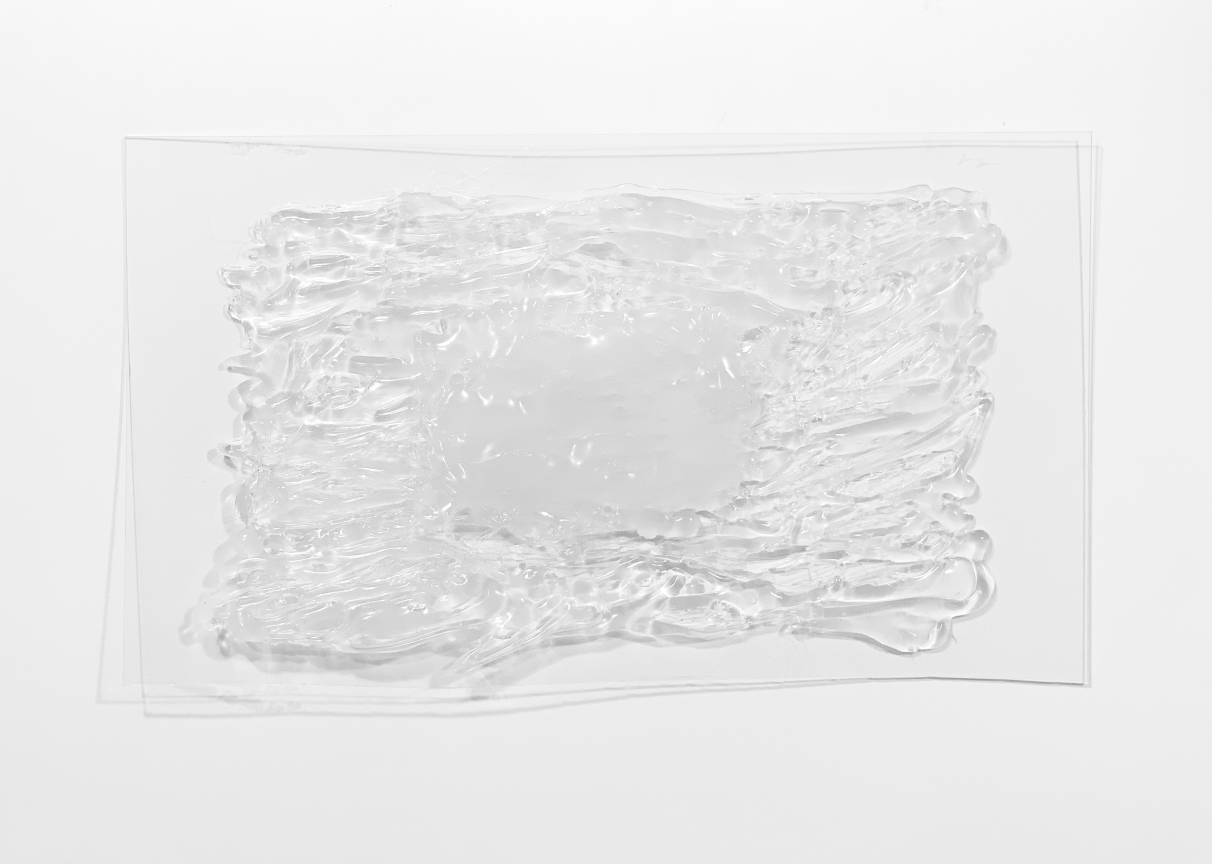
3.
Staged naturalistic events and anticipation
Staged naturalistic events and anticipation
This clip is from Parasite. After his father has disappeared after committing a murder and his sister has died, Kevin had been suffering from brain damage caused by the mental shock. In his imagination, his father was hiding in the basement and waiting for him. For Kevin, who had gone mental, hiding in the basement despite that the police had closely monitored that house seemed possible since previously other people had been hiding in the basement. The lens allows partial truthful representation seeping through hopeful circles, but the entire image is faulty.

4.
Relational processing
Relational processing
In this case, my moods distort my memory. The film clip is from Gone with the Wind. This was a beautiful scene from the heroine Scarlet O’hara’s hometown before it was burnt down. The narrative on Scarlet’s pre-war life was more nostalgic than truthful. Positive or negative feelings distort my memory sometimes and slightly change my tone of narratives. It is like looking through a lens made of delicate shimmering silver lines.
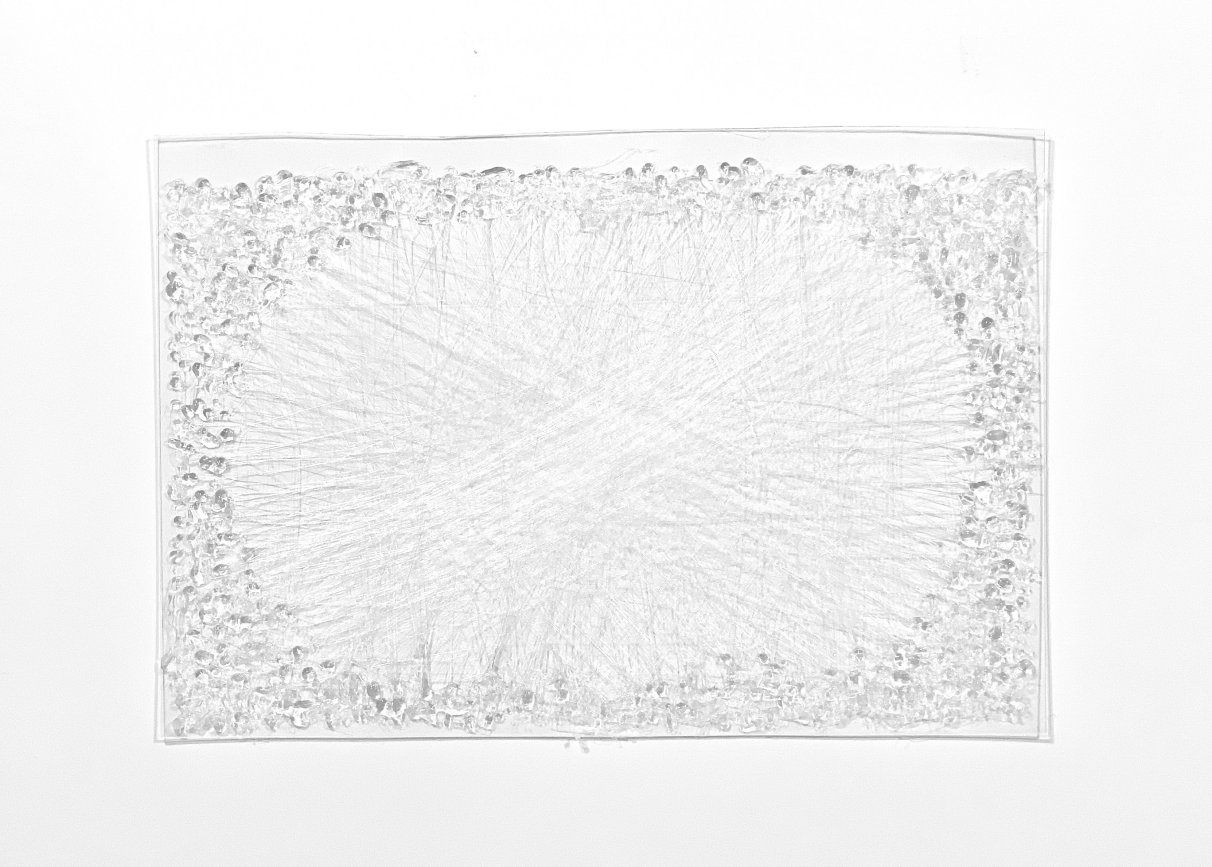
Reflecting on My (False) Memories
After analyzing my causes of false memories using film excerpts, I started recreating memories that are important to me over my long-distance relationship during the pandemic and experimented with recalling and reflecting on these pieces of memories every day for a period of 20 days.
I attempted to recreate scenarios where these memories were happening and experienced how I remembered these pieces of memories differently over time. I recorded my reflection on these memories using the pattern-cause mappings I created in my analysis of my cause of false memories.
I attempted to recreate scenarios where these memories were happening and experienced how I remembered these pieces of memories differently over time. I recorded my reflection on these memories using the pattern-cause mappings I created in my analysis of my cause of false memories.


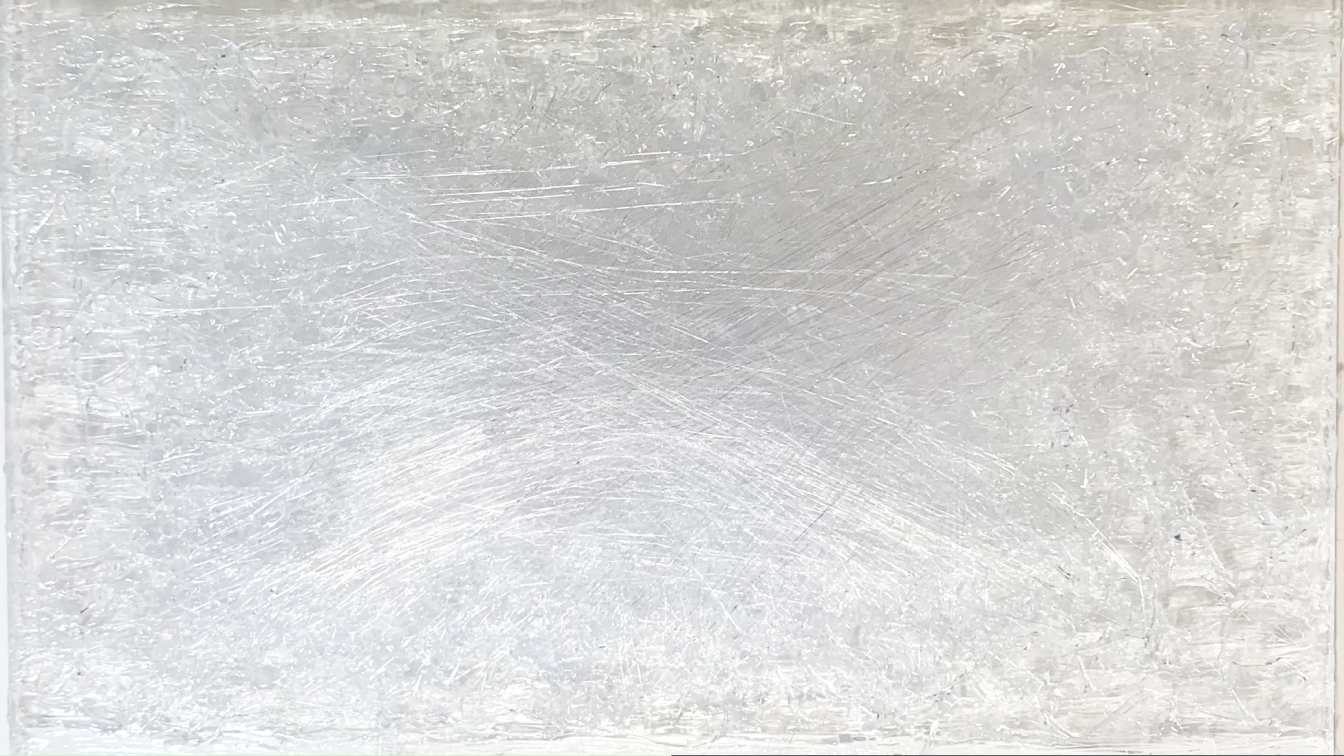



A 20-day recording process for one piece of memory (from left to right).
Memory #1 : Georgie’s Death
The cat, Georgie died before I can finally meet with him. I knew this on my way home.
Georgie’s Death (Video)
Georgie’s Death (Lens-Making Process)
Memory #2 : Love Puzzles
Got the gift for Christmas for our second year apart because of the pandemic. We zoomed.
Love Puzzles (Video)
Love Puzzles (Lens-Making Process)
Memory #3 : Little Fox Playing Switch
The new routine for us zoomers - work and play together, and have a plush toy in place when you are away.
Little Fox Playing Switch (Video)
Little Fox Playing Switch (Lens-Making Process)
Memory #4 : Unboxing Gifts from UK
We cancelled our flights because of COVID-19 and mailed each other our gifts that were going to be brought to each others place.
Unboxing Gifts from UK (Video)
Unboxing Gifts from UK (Lens-Making Process)
Memory #5 : Baking Cookies
Watching him baking cookies using the recipe book where we wrote down the food that we are going to make together (on video chat).
Baking Cookies (Video)
Baking Cookies (Lens-Making Process)
Memory #6 : Breaking Up
Breaking up for the first time because of ... (things I can’t recall perfectly).
Breaking Up (Video)
Breaking Up (Lens-Making Process)
My Visceral Lens of Remembering (Personal Experience of Memories), 2021
Set of 6 Pieces of Memories, Acrylic sheets, hot glue, LED screen; 18 x 32 cm
Set of 6 Pieces of Memories, Acrylic sheets, hot glue, LED screen; 18 x 32 cm